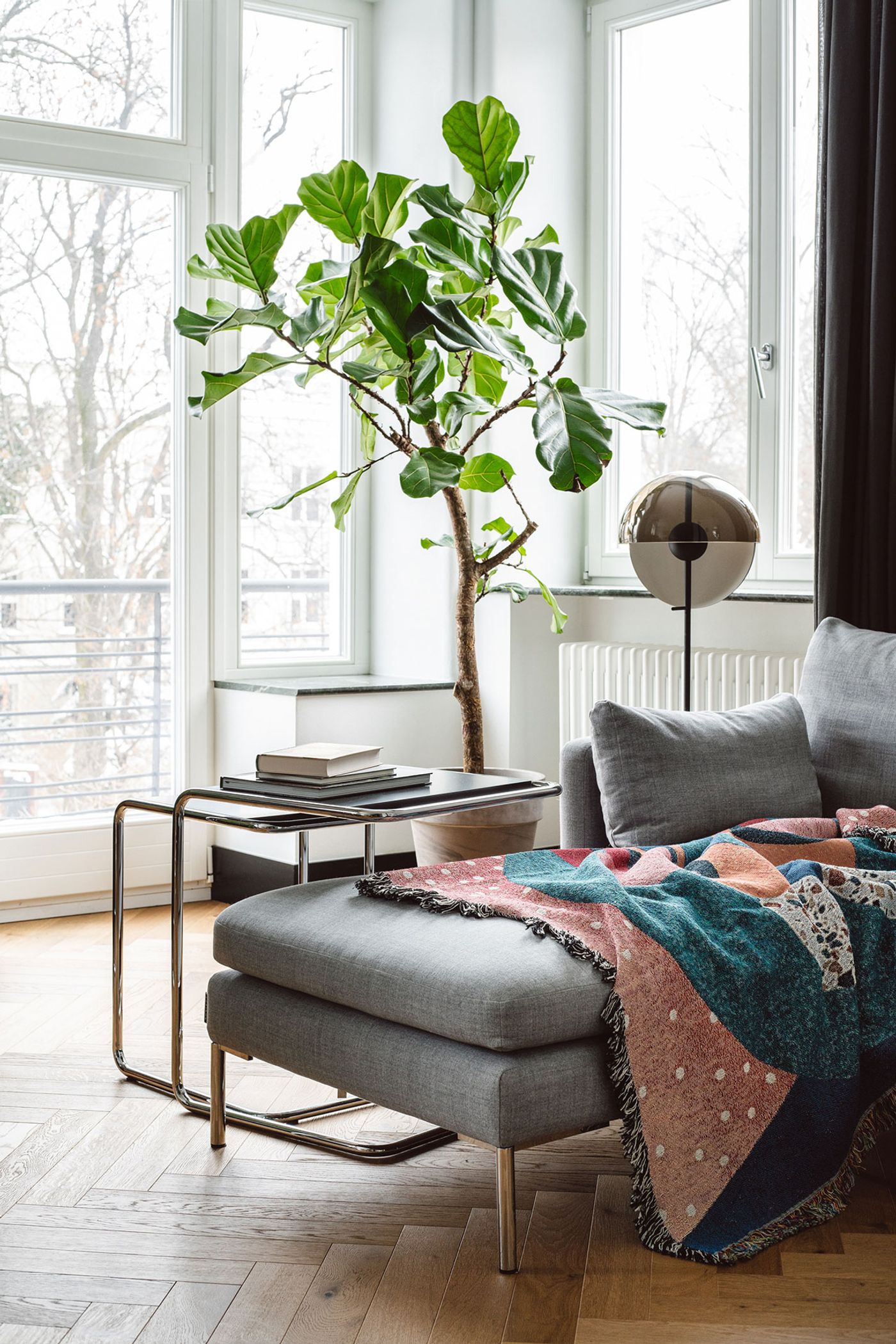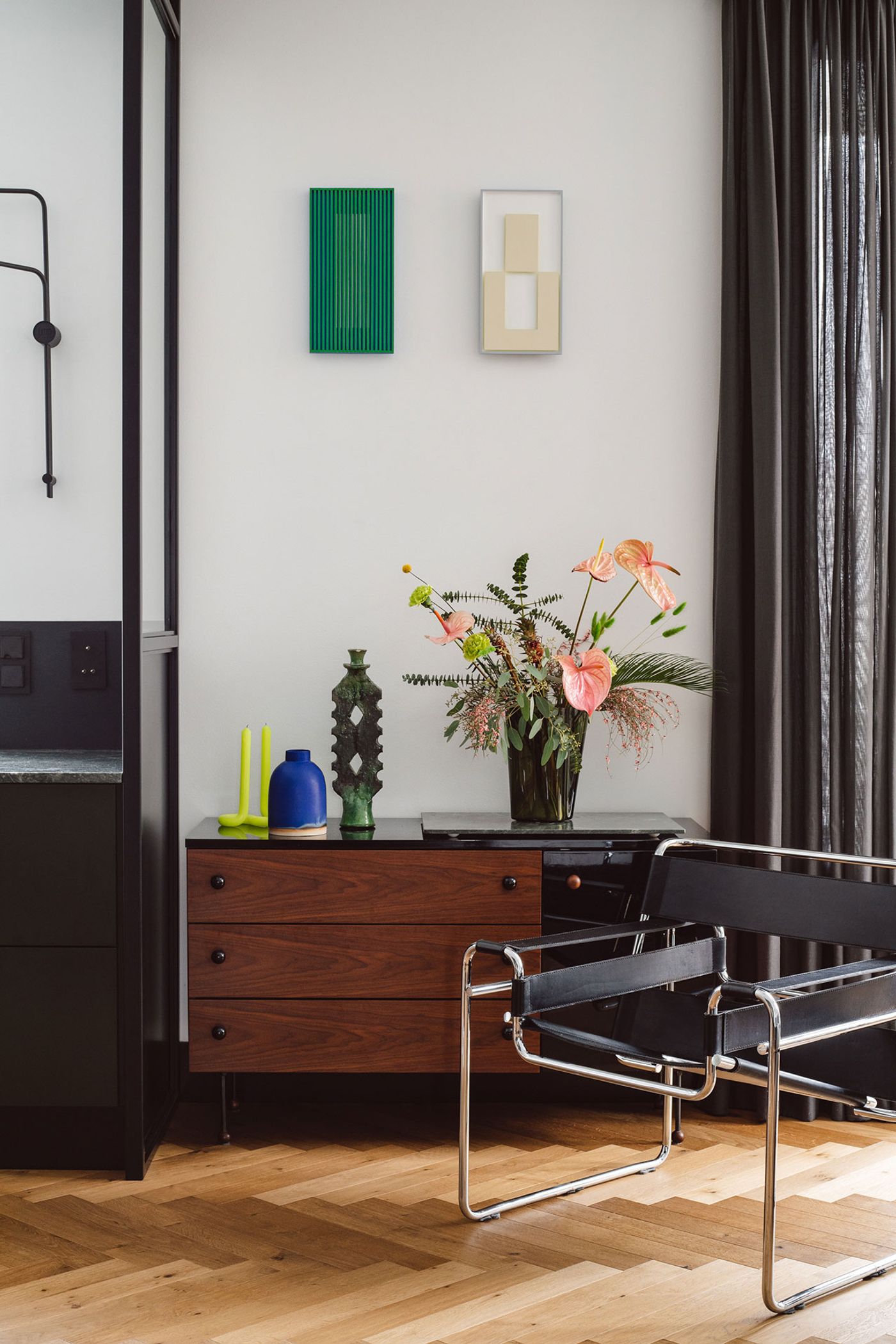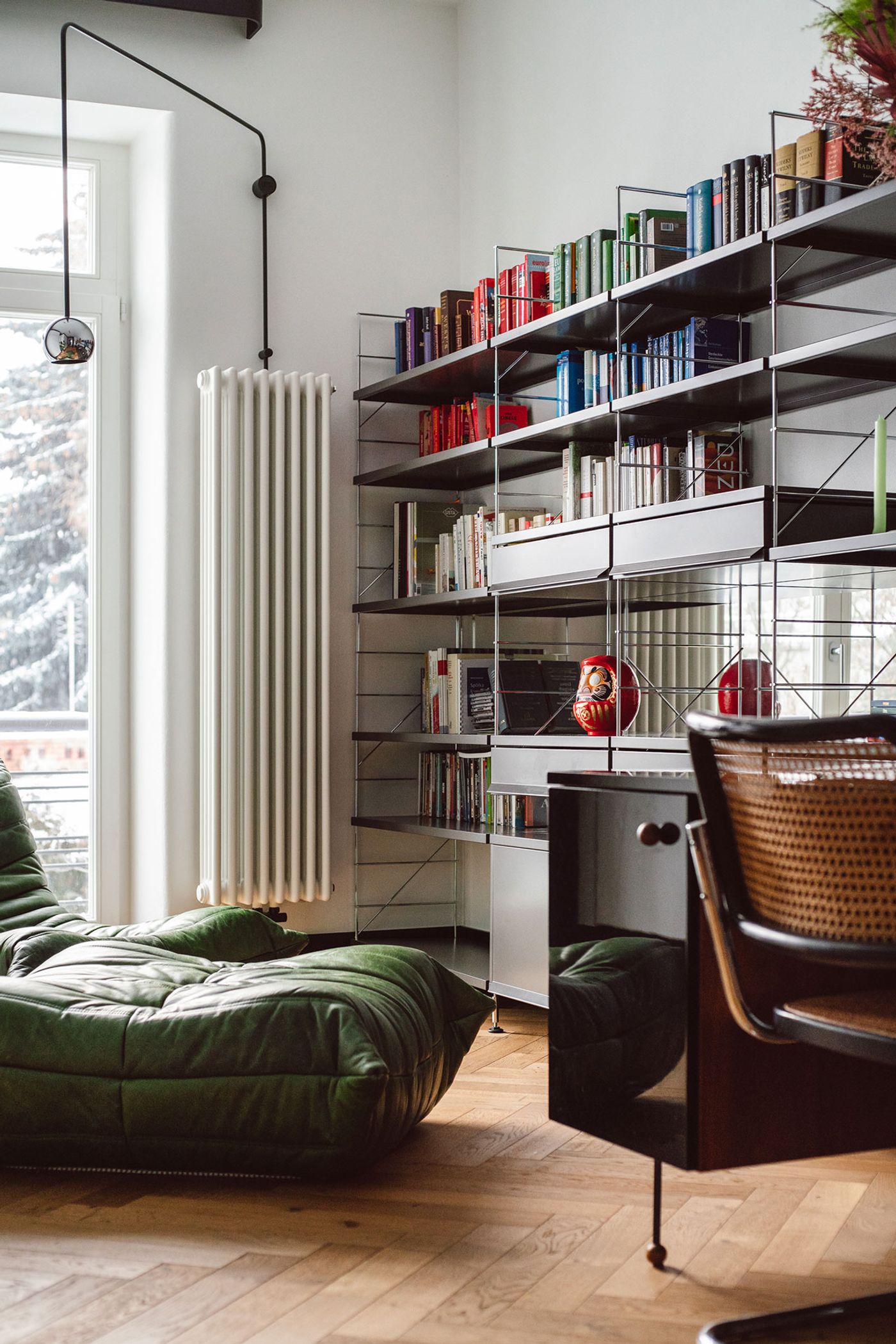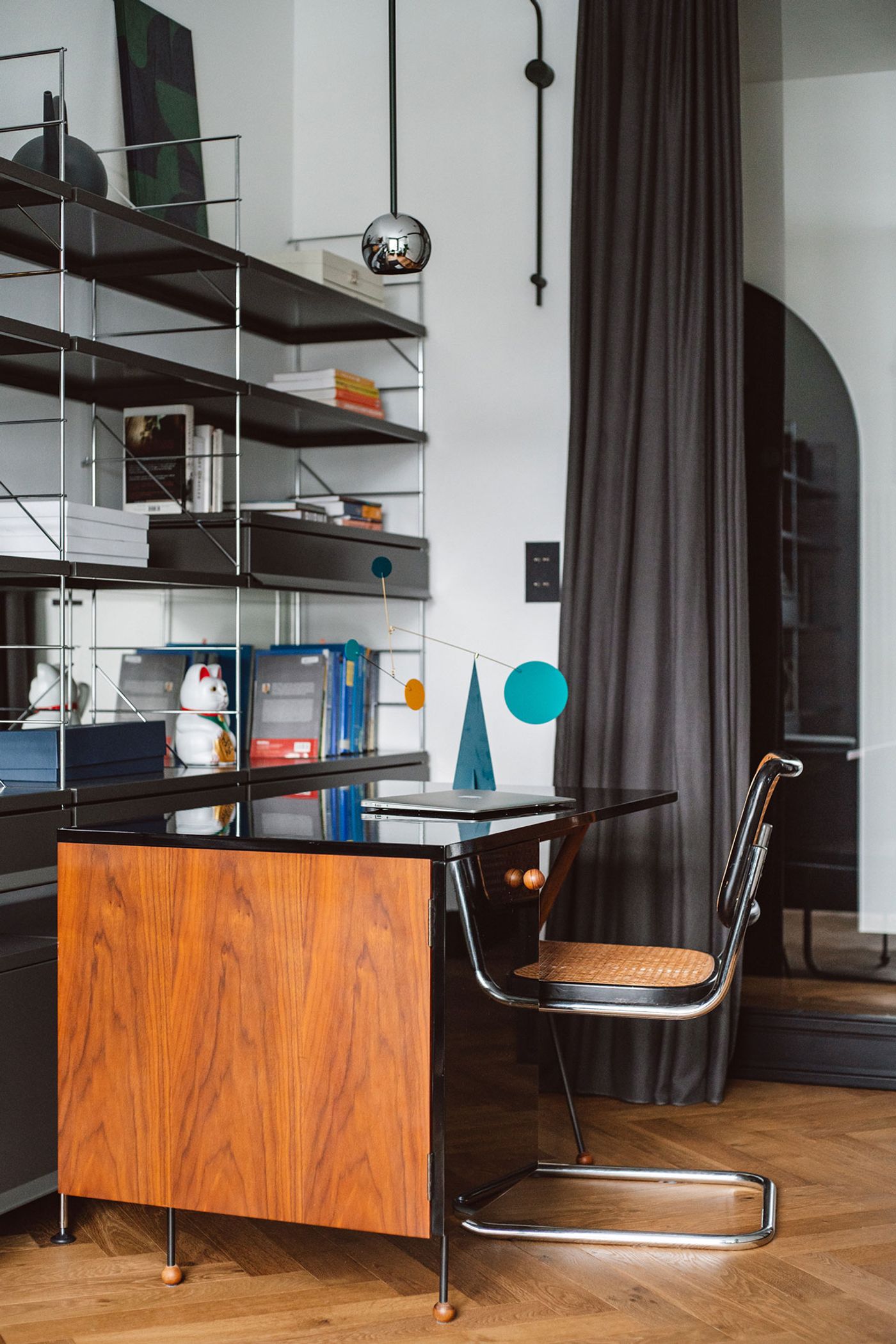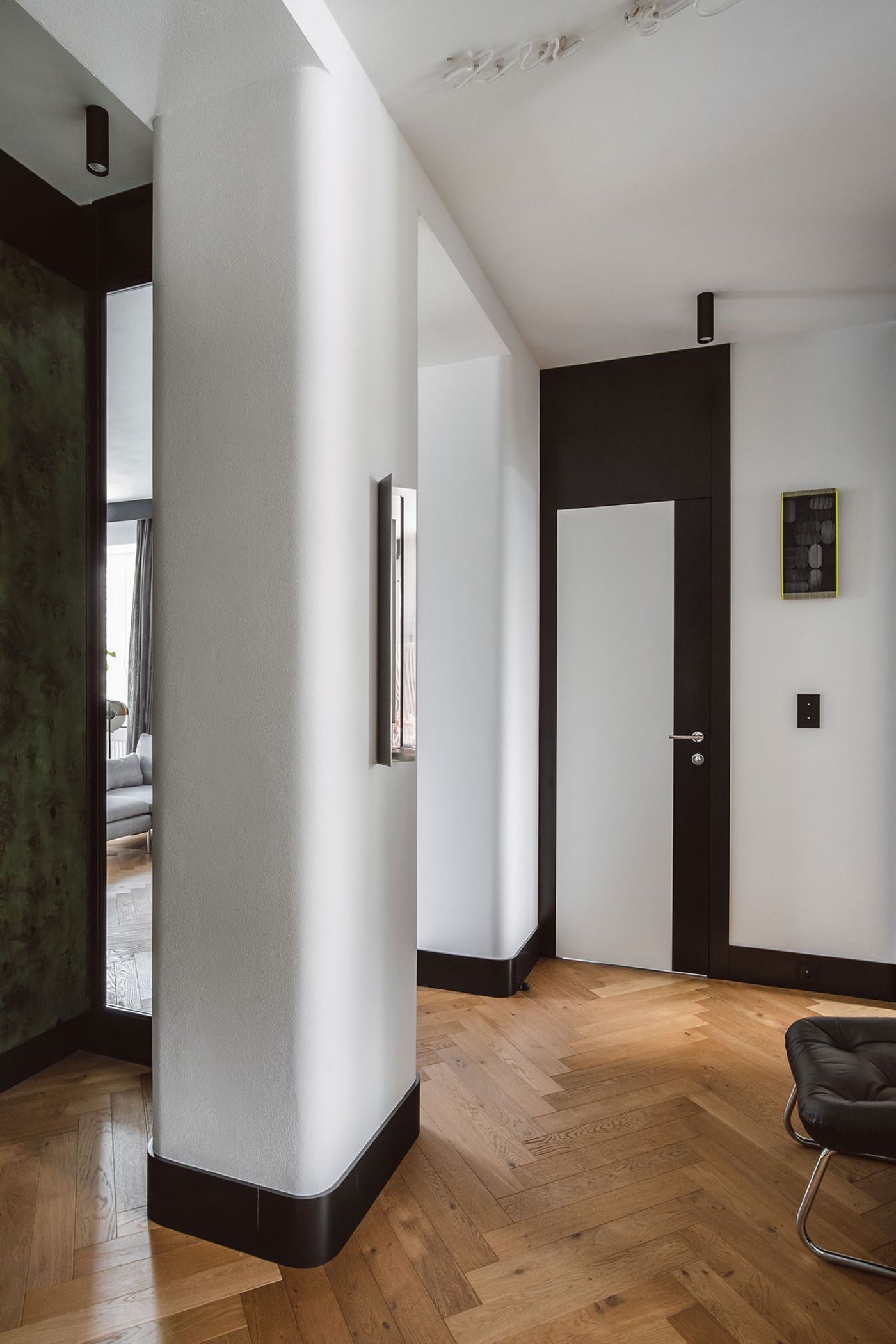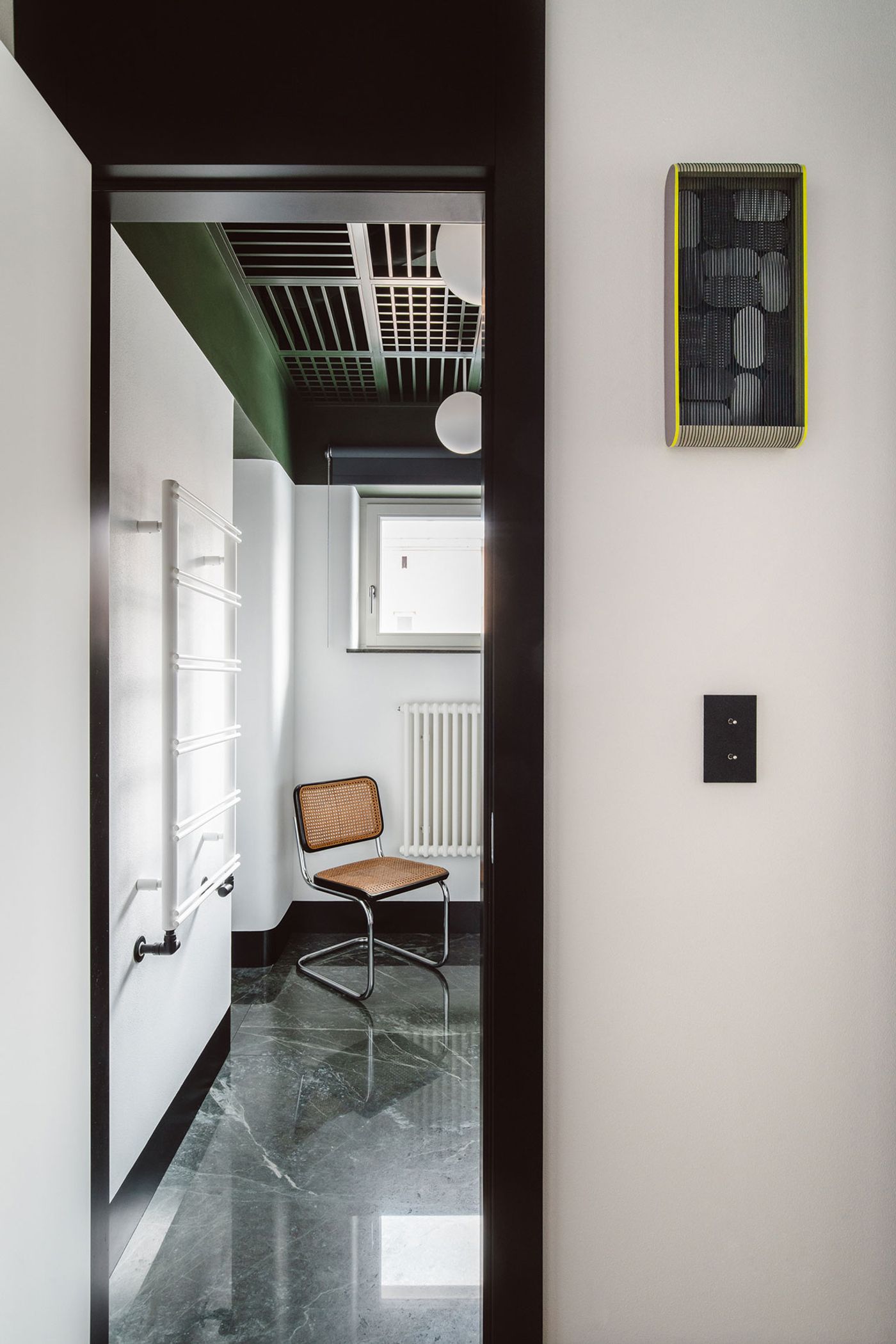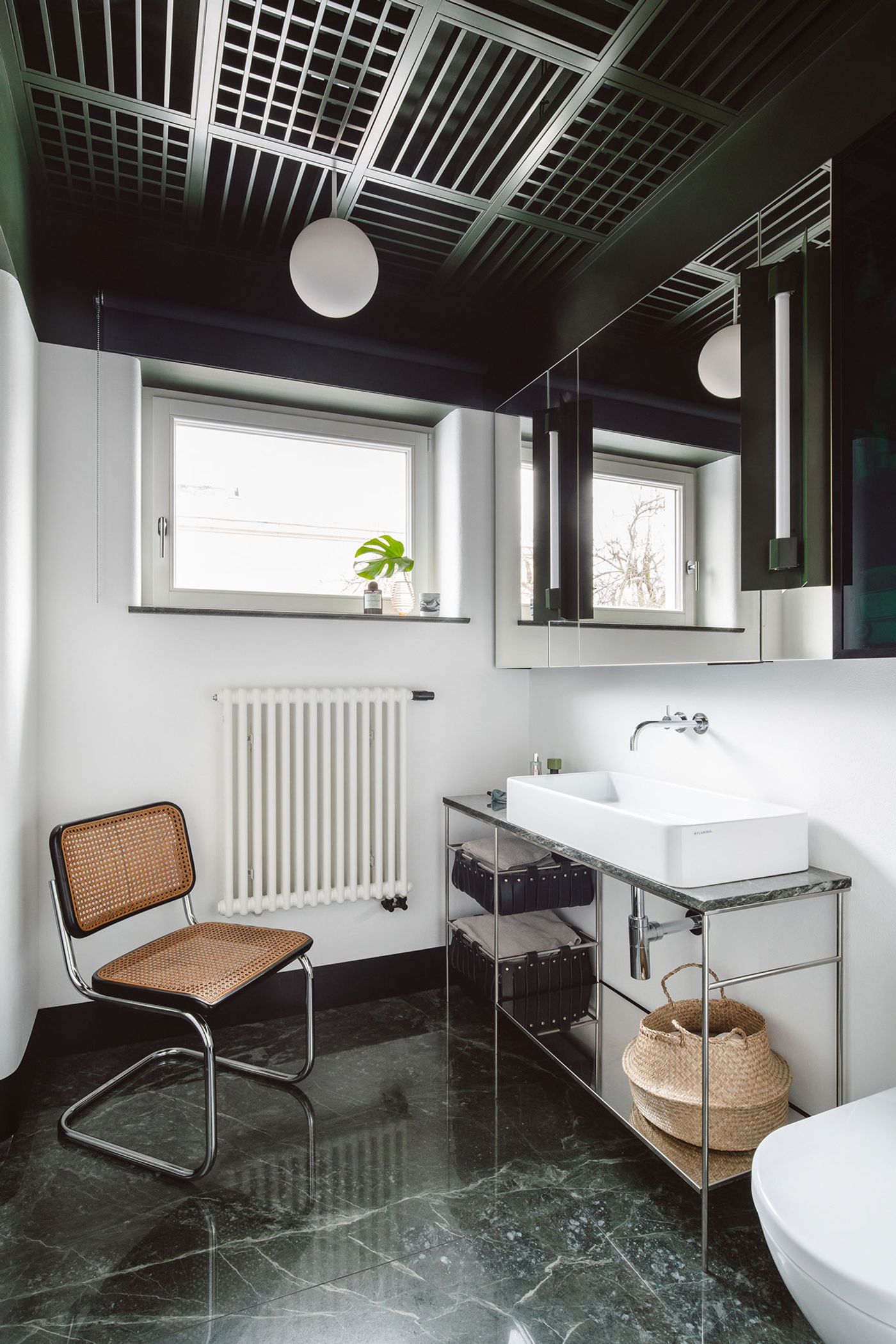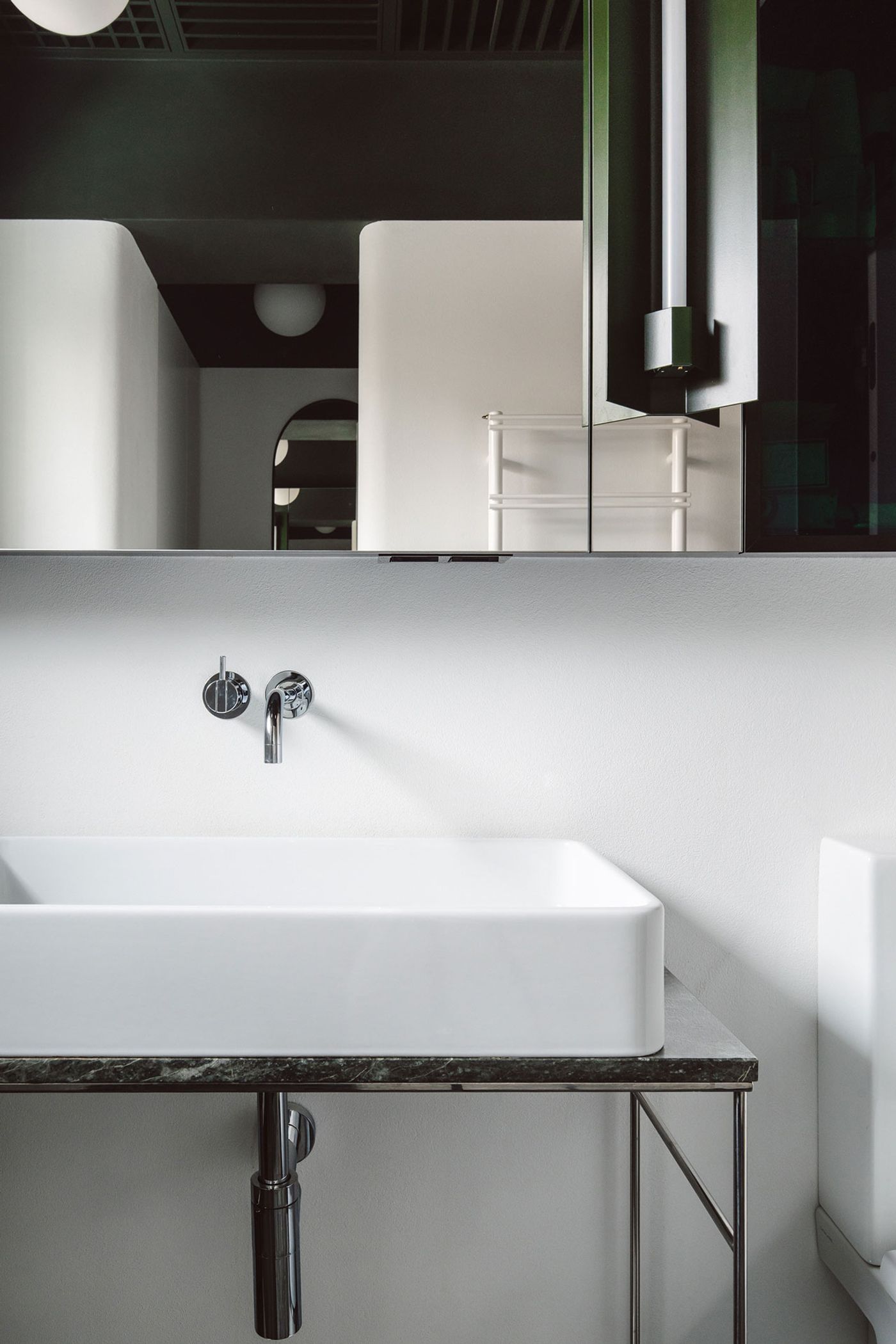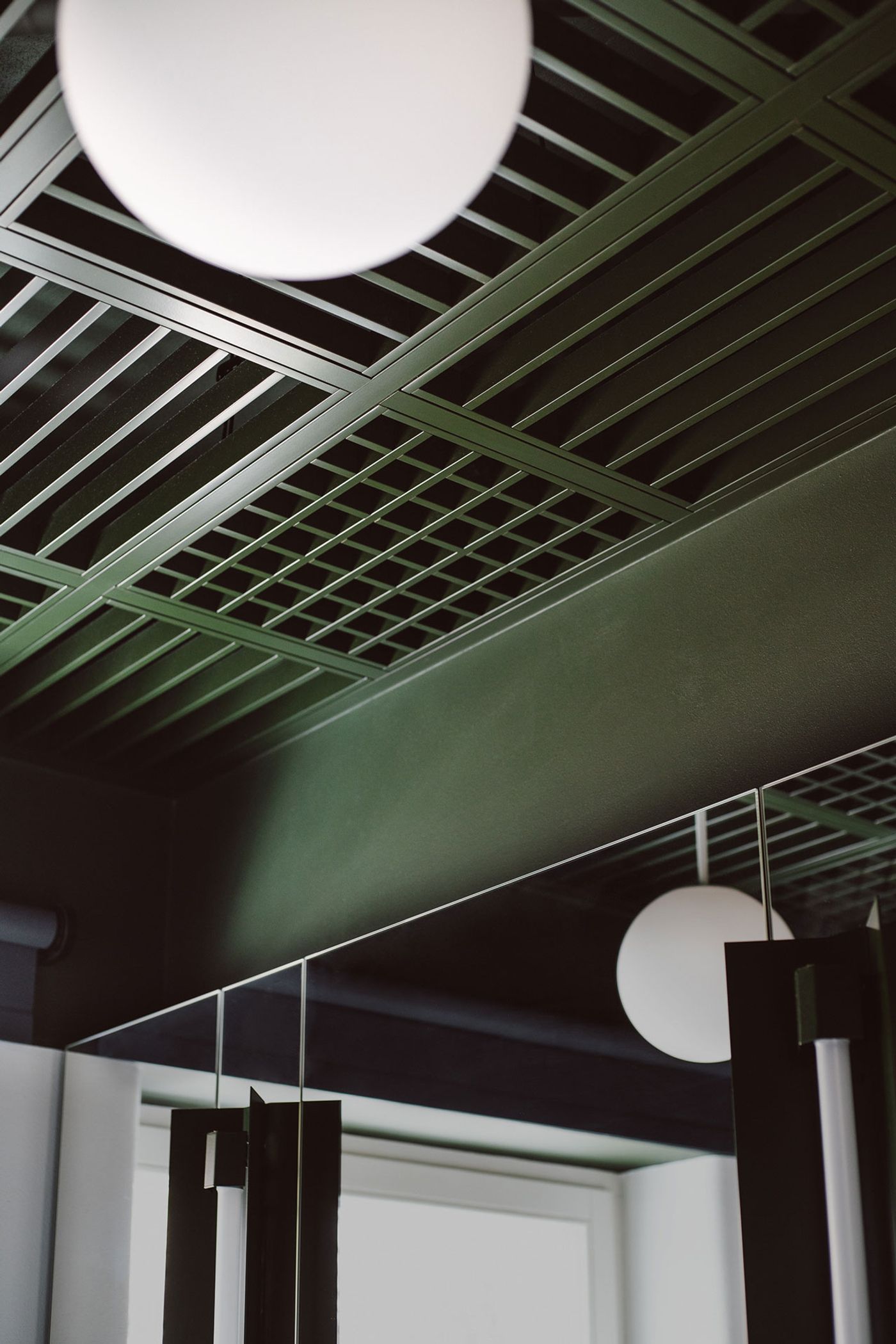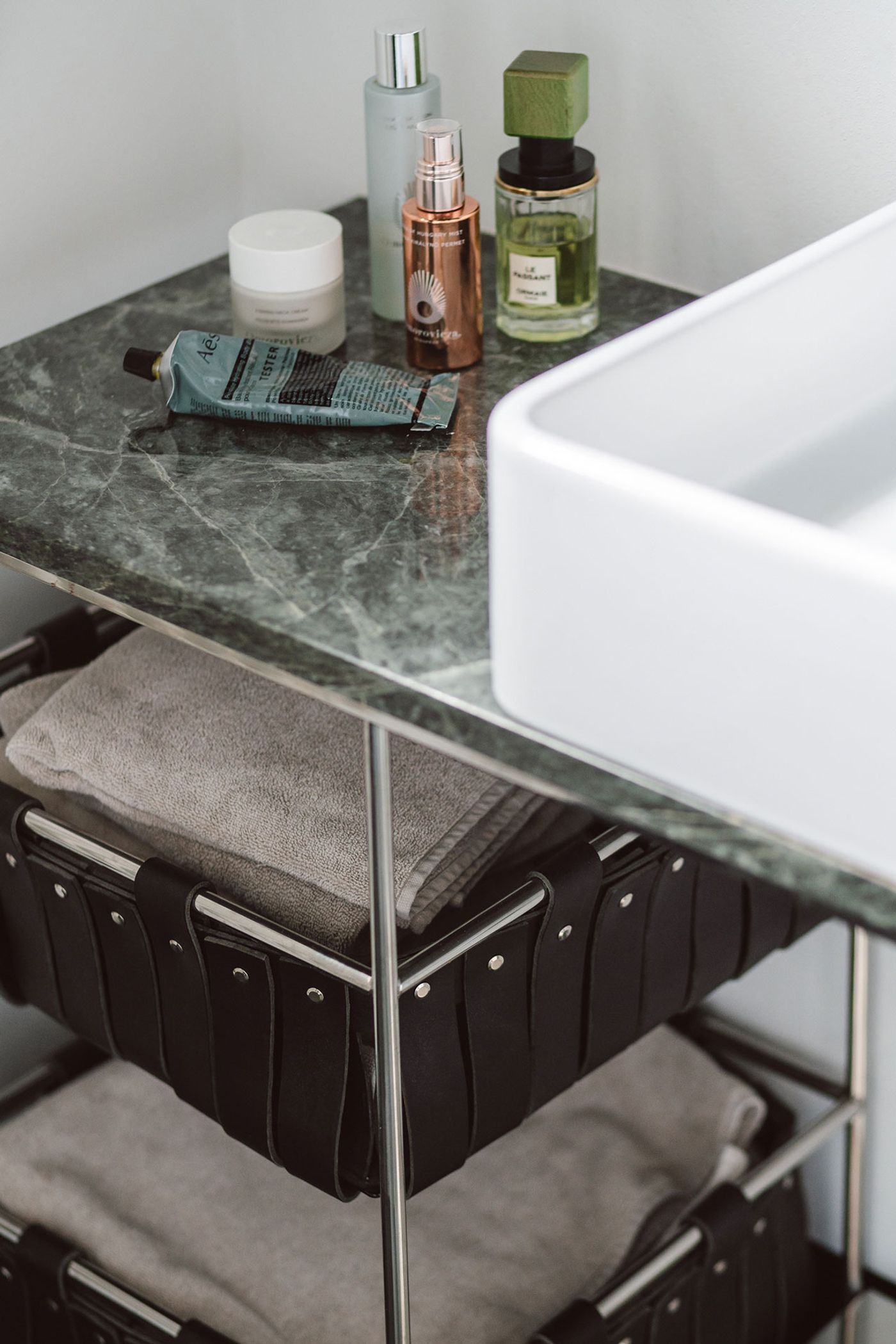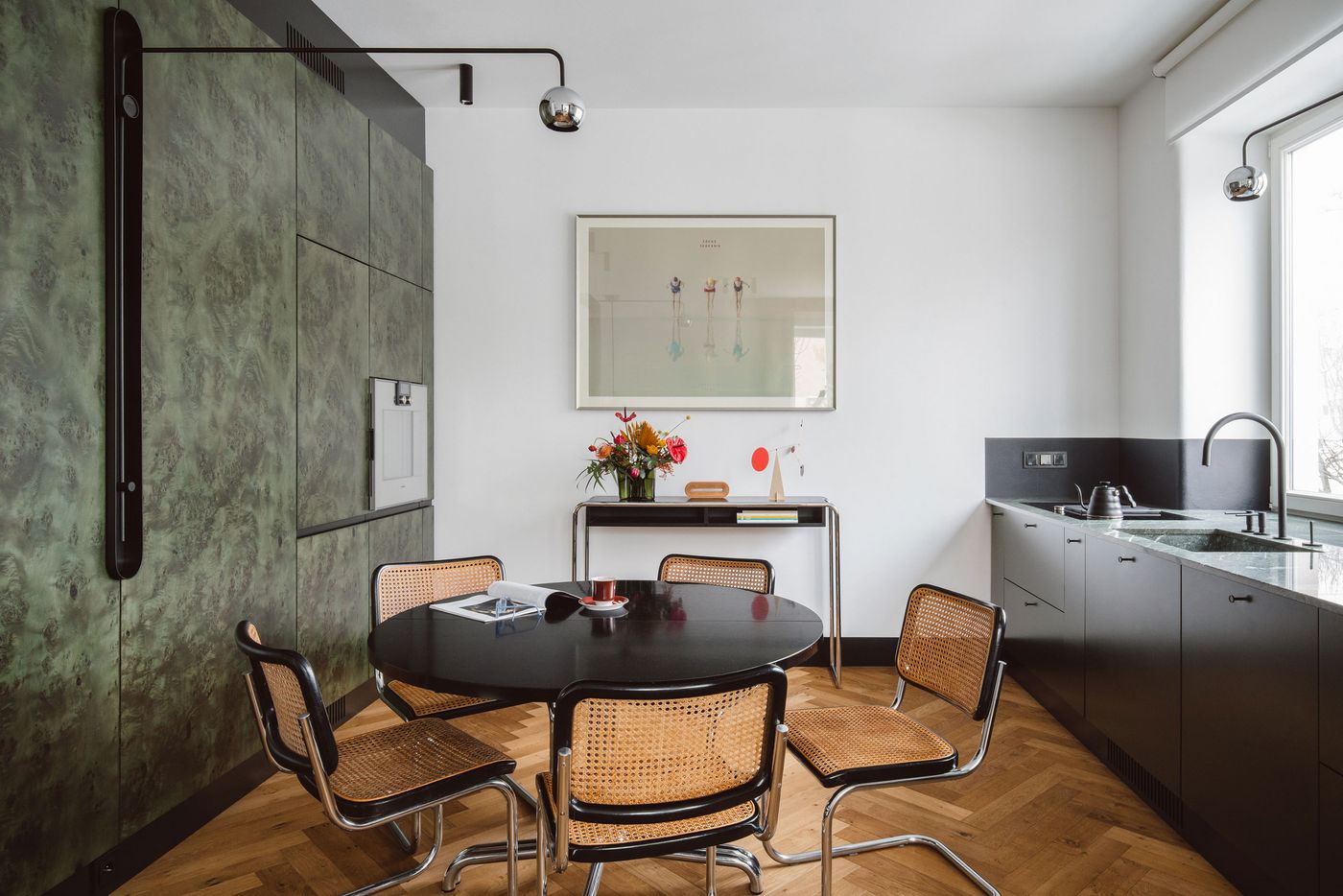
Katarzyna Baumiller's Spin on Early-Modernism Elevates a Pre-War Warsaw Apartment
Words by Yatzer
Location
Warsaw, Poland
Katarzyna Baumiller's Spin on Early-Modernism Elevates a Pre-War Warsaw Apartment
Words by Yatzer
Warsaw, Poland
Warsaw, Poland
Location
Commissioned to revamp an apartment in a pre-war tenement building block in Warsaw, Polish architect and interior designer Katarzyna Baumiller applied a Bauhaus-inspired aesthetic of understated sophistication with the aim of channelling the property’s original character which an unfortunate renovation in the 1990s had effaced. Nostalgic as the overall approach was, Baumiller’s focus on functionality and balance and her keen eye for detail means that the apartment is imbued as much with a spirit of early modernism as with a sense of contemporary elegance and comfort.
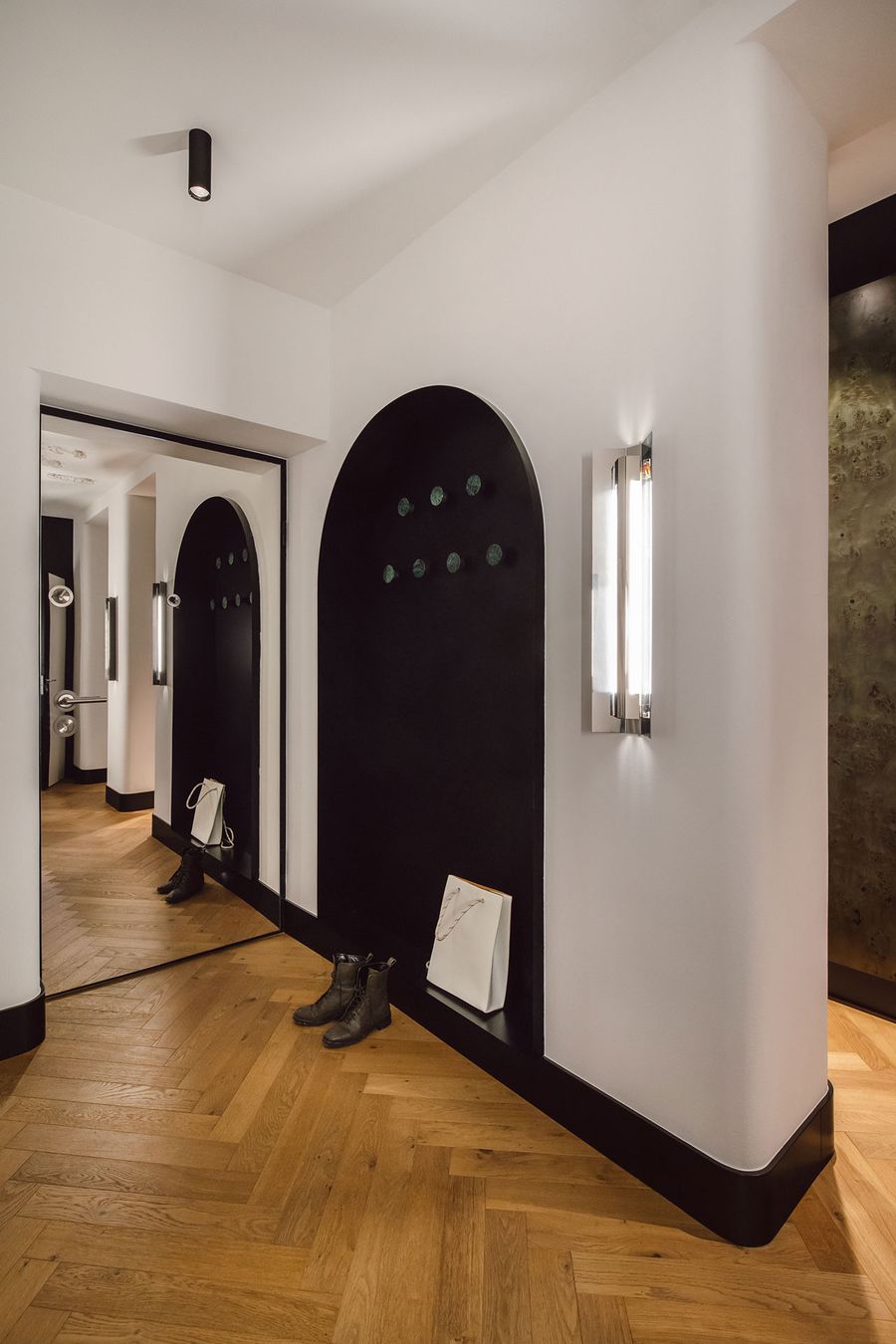
Photography by kroniki studio - Hanna Połczyńska.
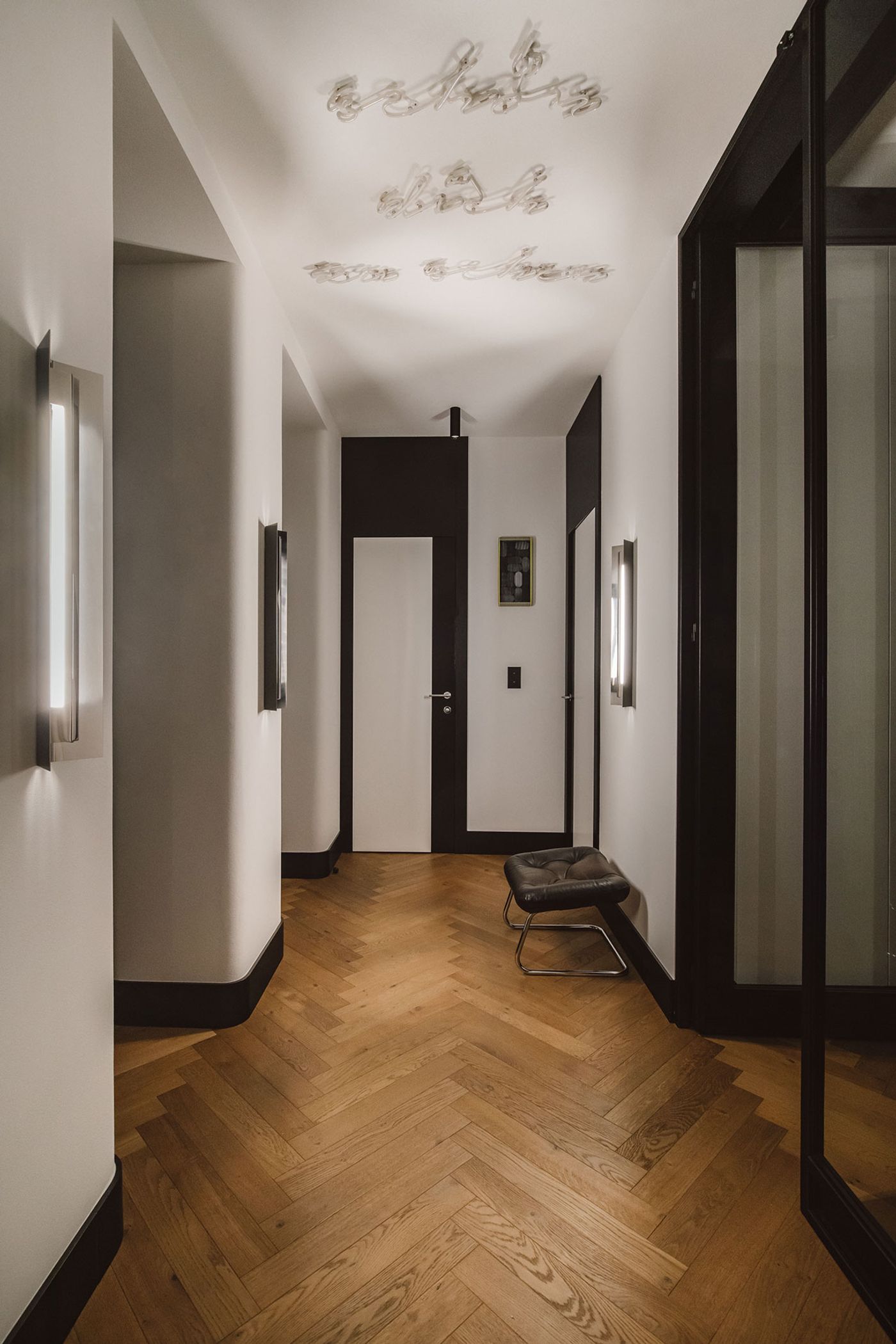
Photography by kroniki studio - Hanna Połczyńska.
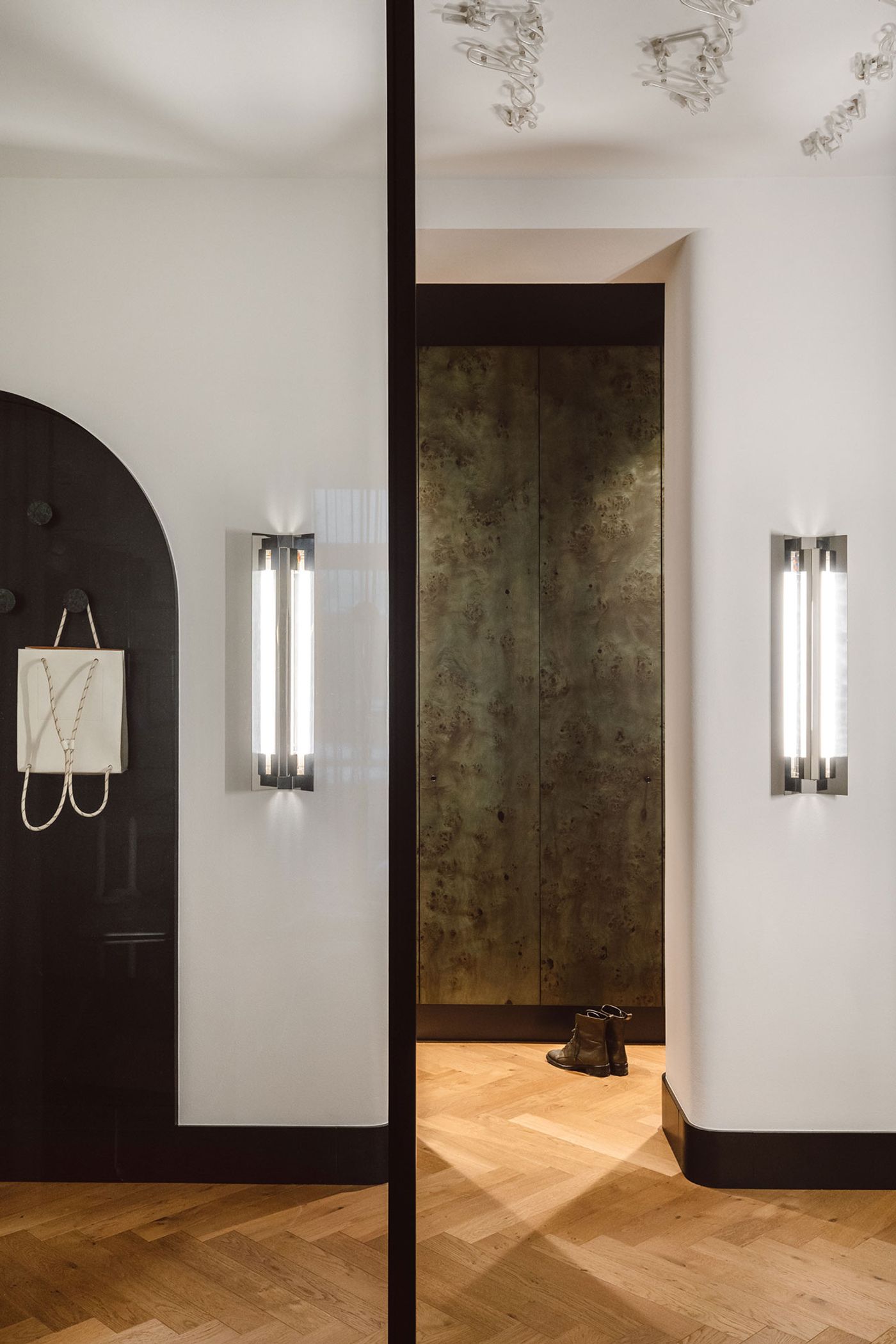
Photography by kroniki studio - Hanna Połczyńska.
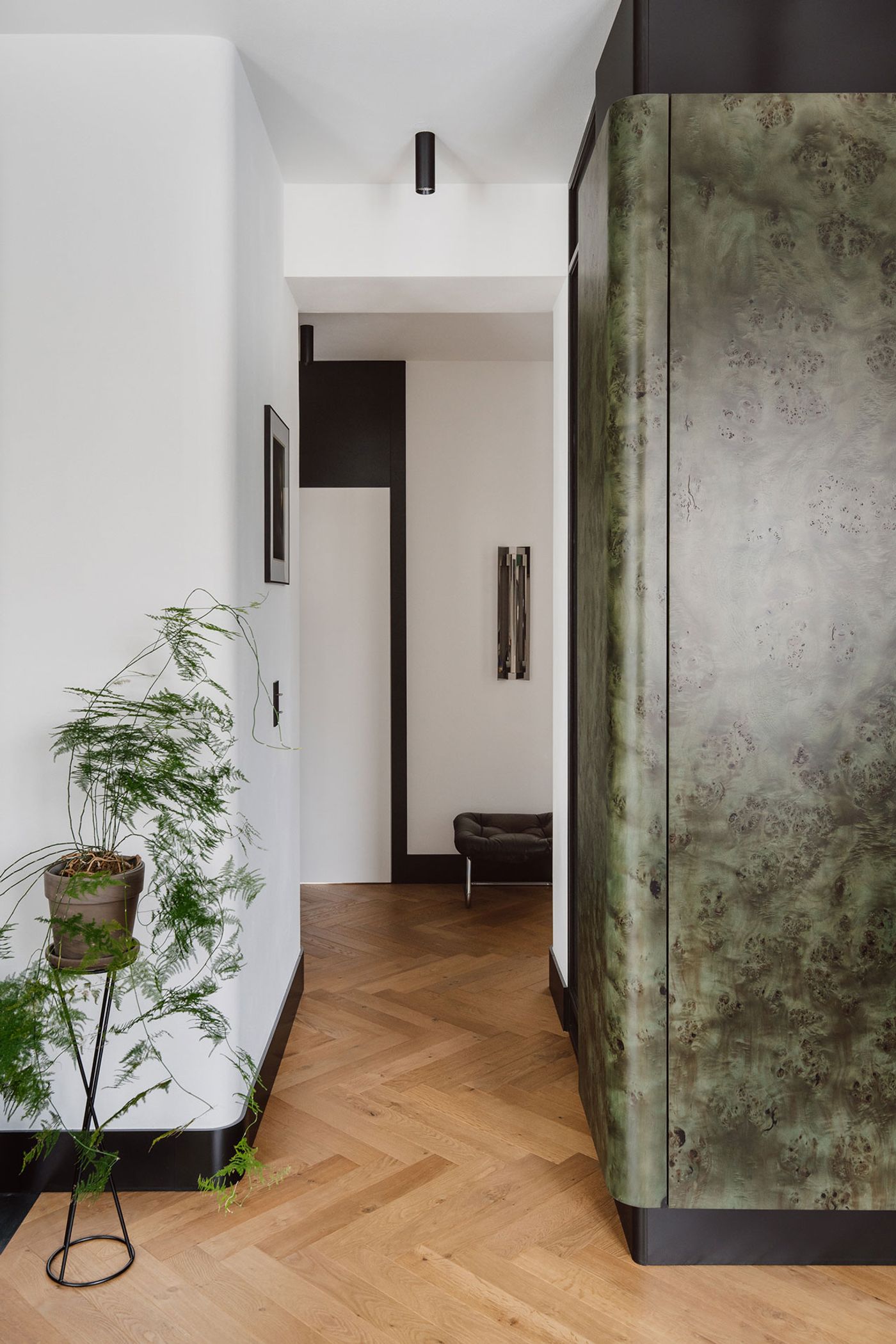
Photography by kroniki studio - Hanna Połczyńska.
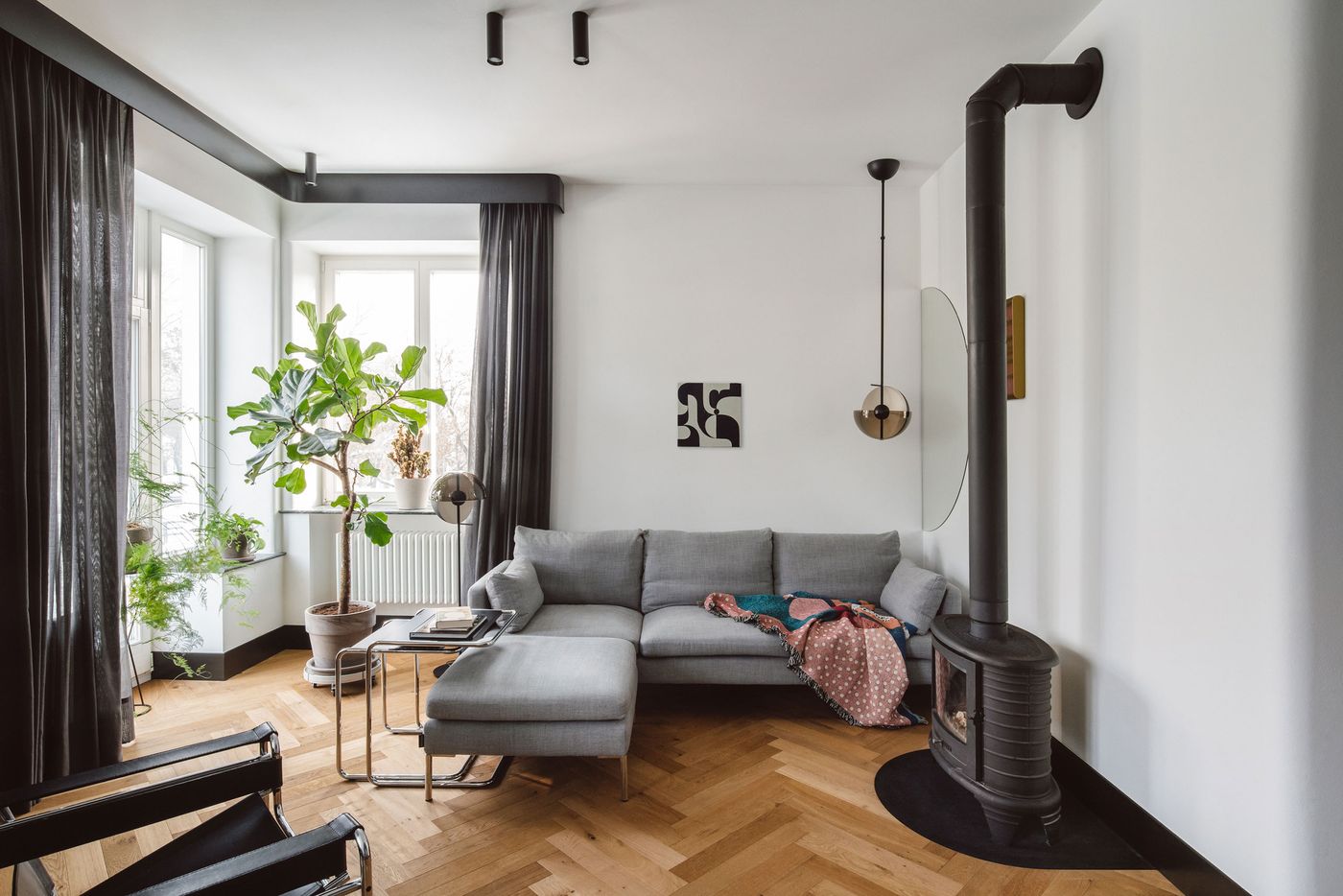
Photography by kroniki studio - Hanna Połczyńska.
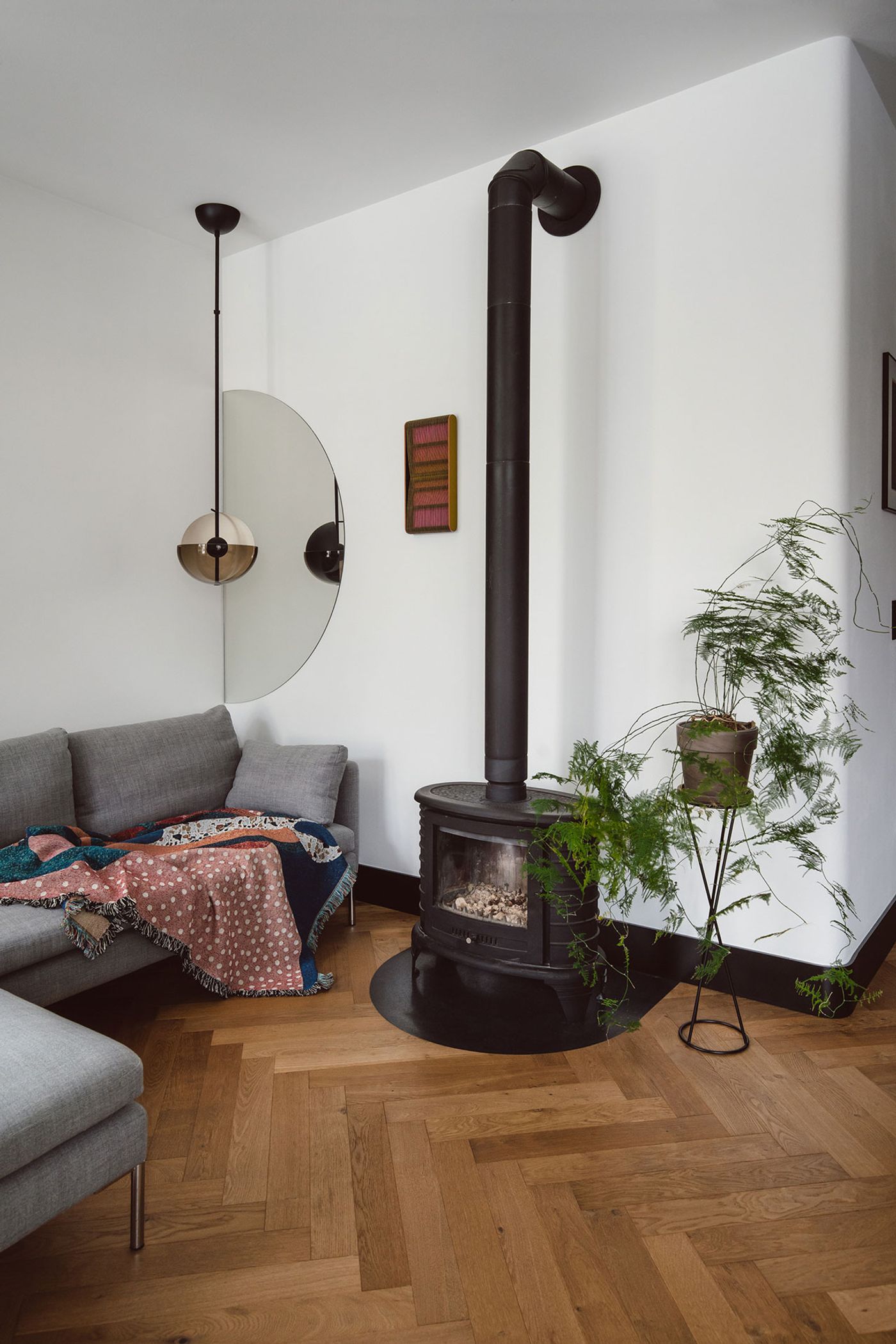
Photography by kroniki studio - Hanna Połczyńska.
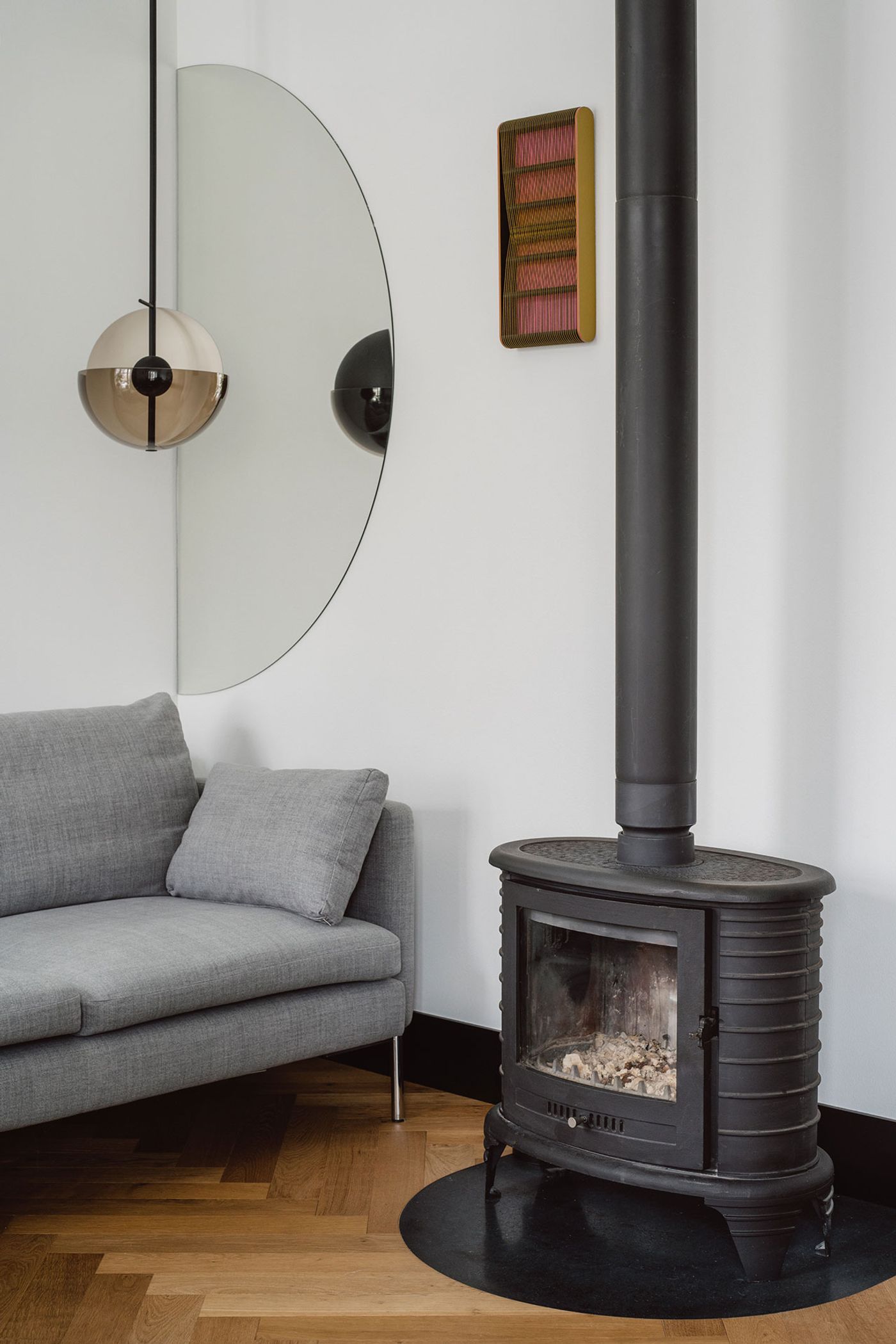
Photography by kroniki studio - Hanna Połczyńska.
Baumiller had no qualms reconfiguring the apartment’s layout in order to adapt it to the new owners’ needs. Most notably, the kitchen was moved to make space for an additional bedroom and is now part of the open-plan living and dining area, a small part of which has been taken over by the bathroom in order to comply with modern standards. As important are a series of custom-designed built-in furnishings that discretely provide plenty of storage space as is the case with the burl wood veneer-clad volume separating the foyer from the living room which functions as a wardrobe on the foyer side while concealing kitchen cabinetry on the other.
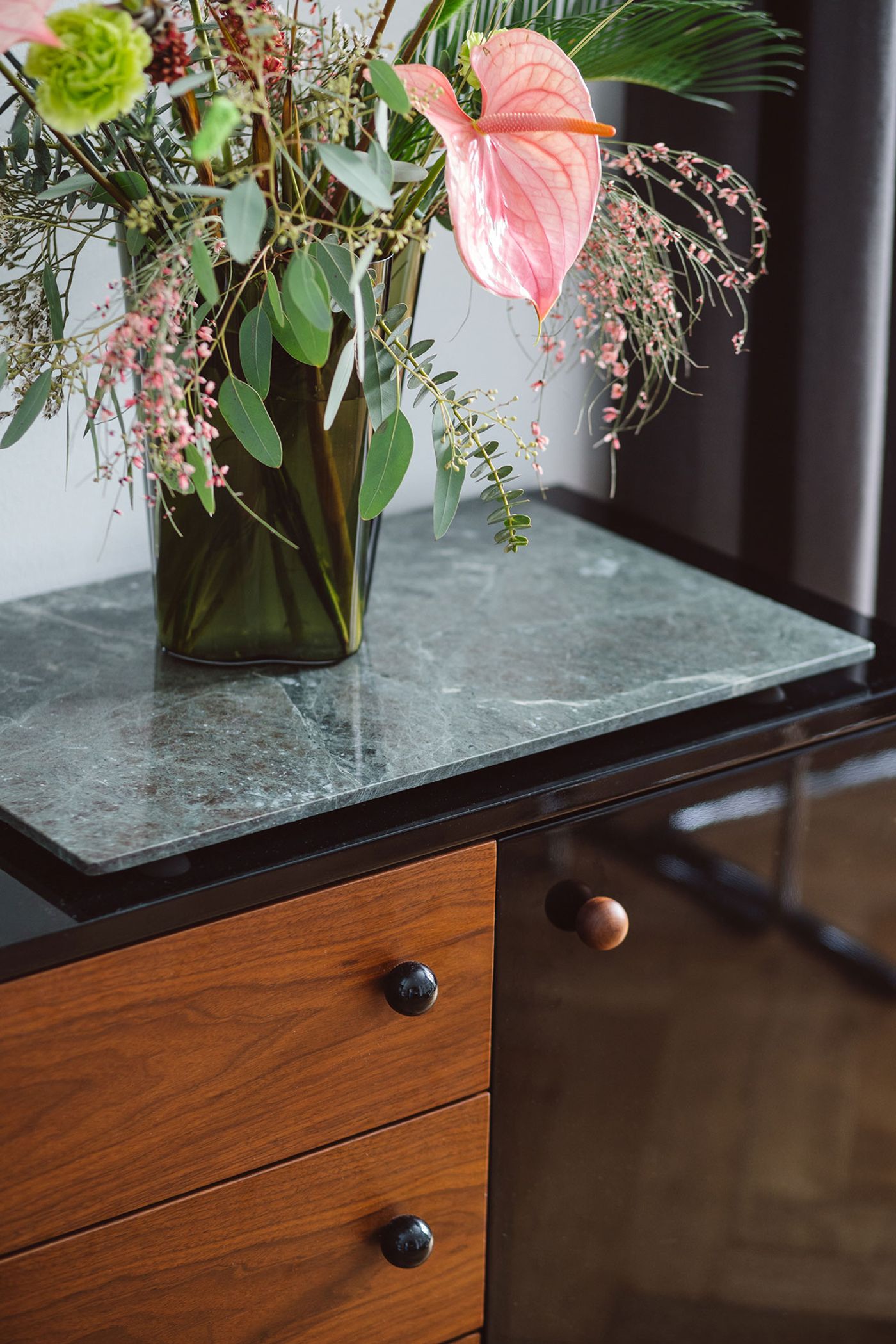
Photography by kroniki studio - Hanna Połczyńska.
The property’s improved configuration is matched by the architect’s creative spin on modernist design which is based on a geometric language of gentle curves and a muted colour scheme enlivened by black, dark green and chrome accents. Ranging from rounded wall corners and sinuous curtain cornices, to curvaceous furniture pieces, radiators and light fittings, the plethora of rounded forms harmoniously imbue the space with a softness without upending the overall aesthetic of subdued elegance and thoughtful simplicity.
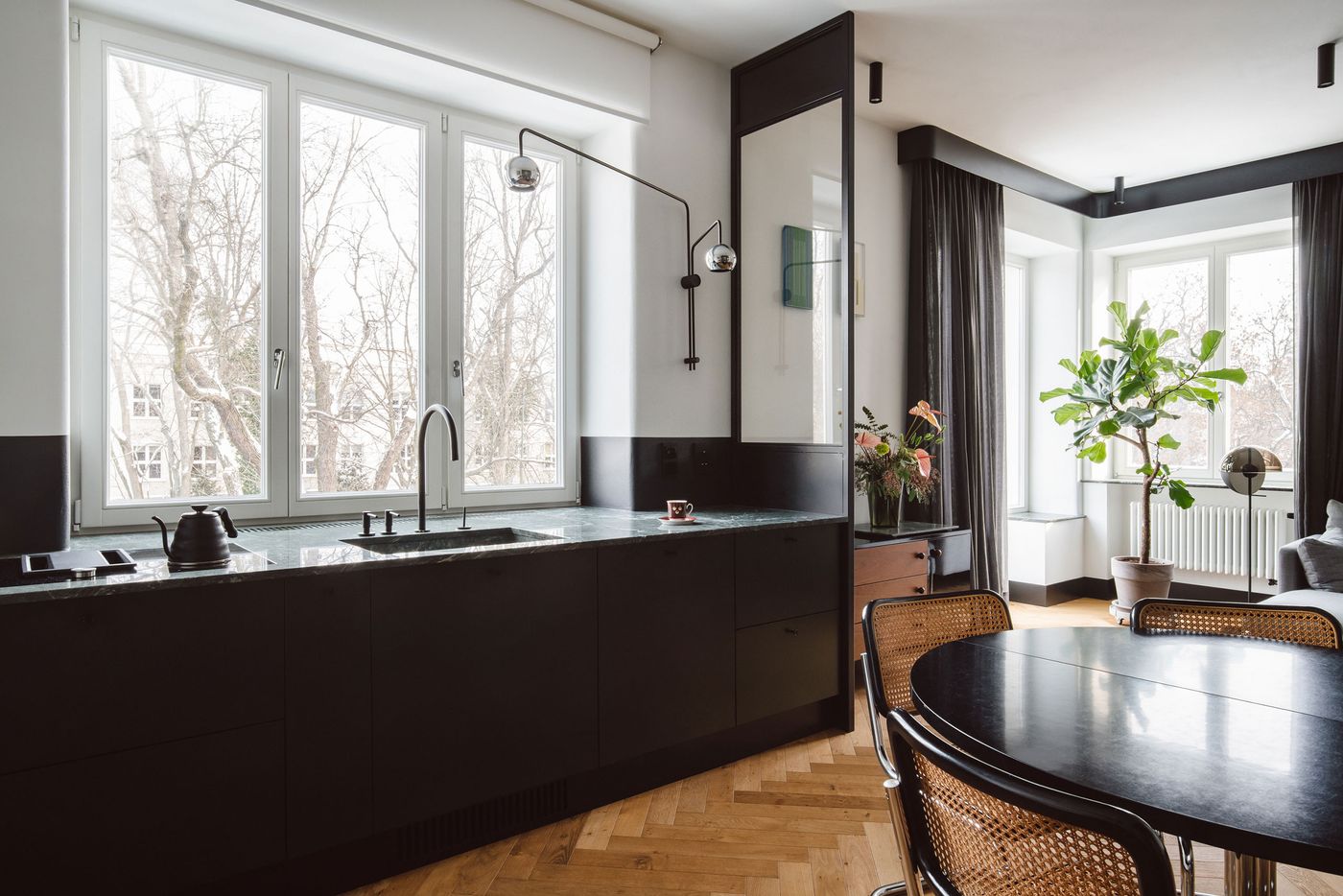
Photography by kroniki studio - Hanna Połczyńska.
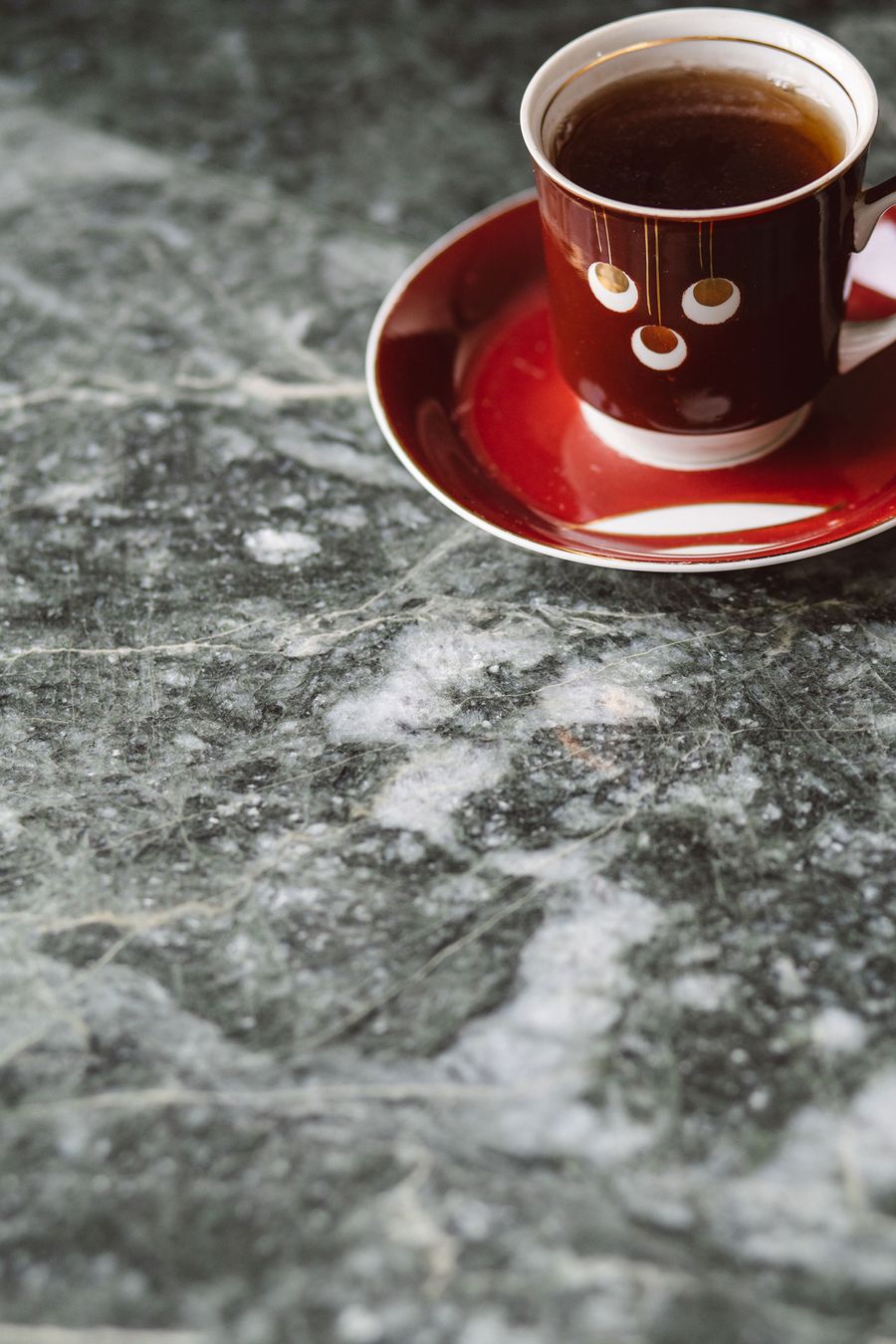
Photography by kroniki studio - Hanna Połczyńska.
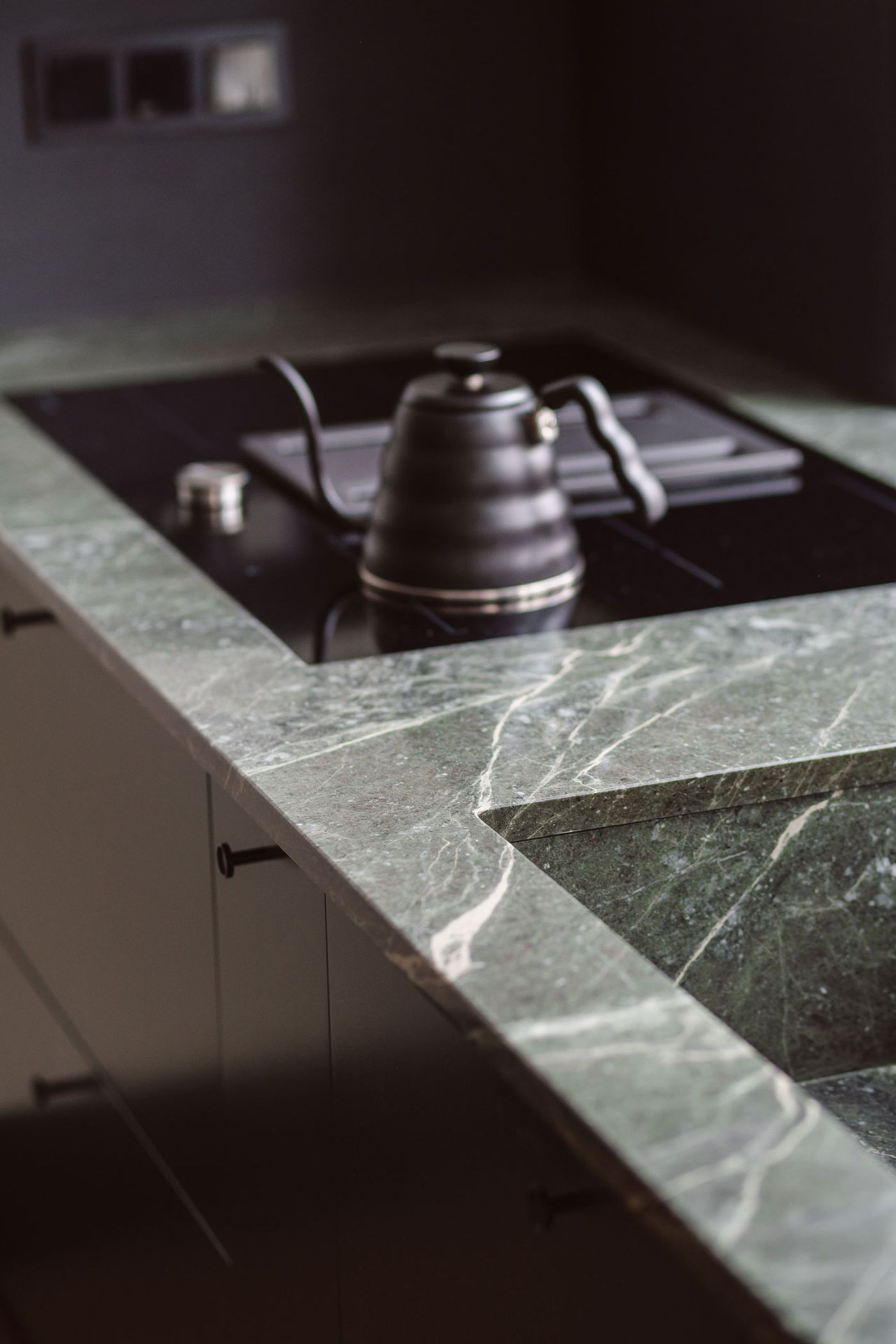
Photography by kroniki studio - Hanna Połczyńska.
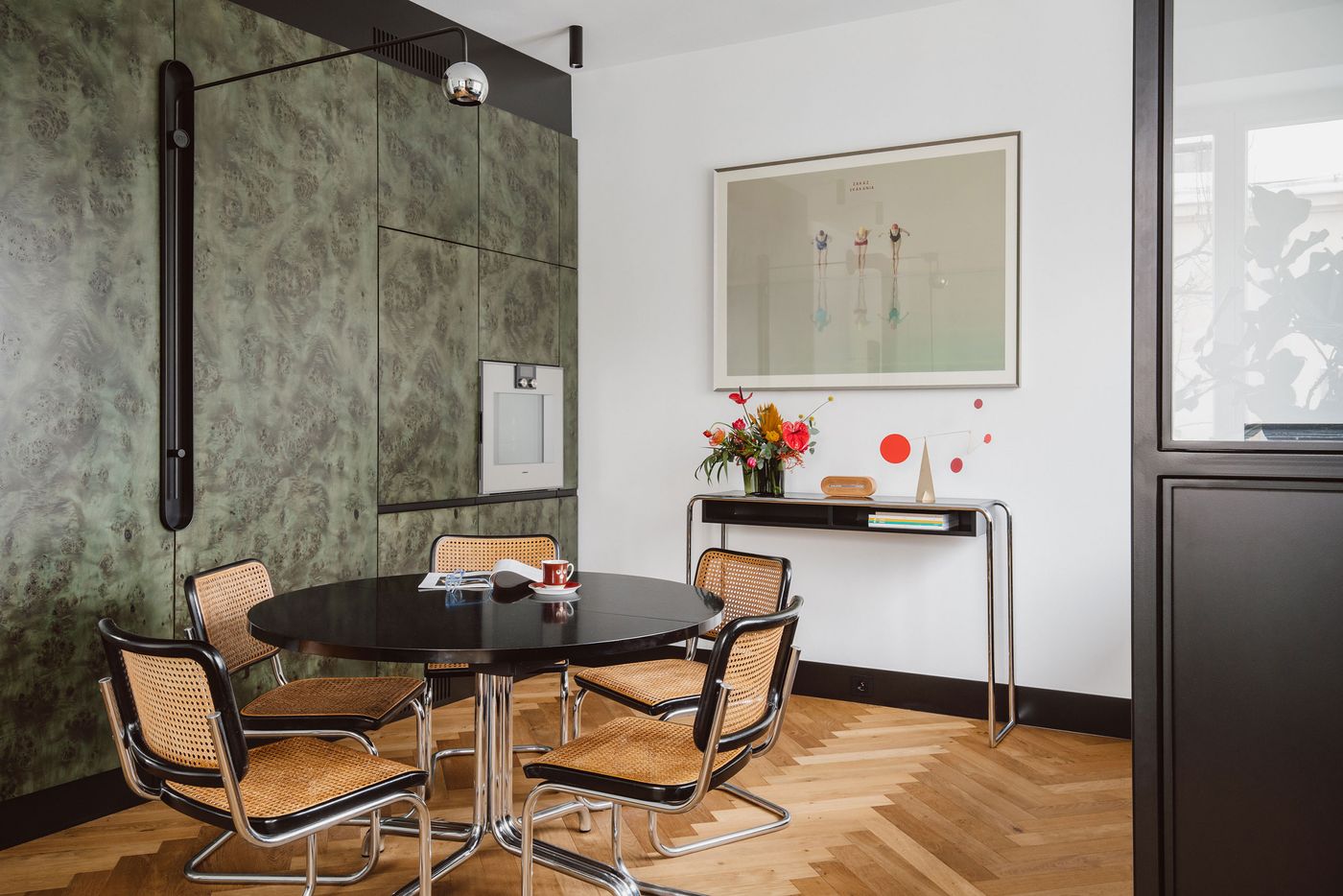
Photography by kroniki studio - Hanna Połczyńska.
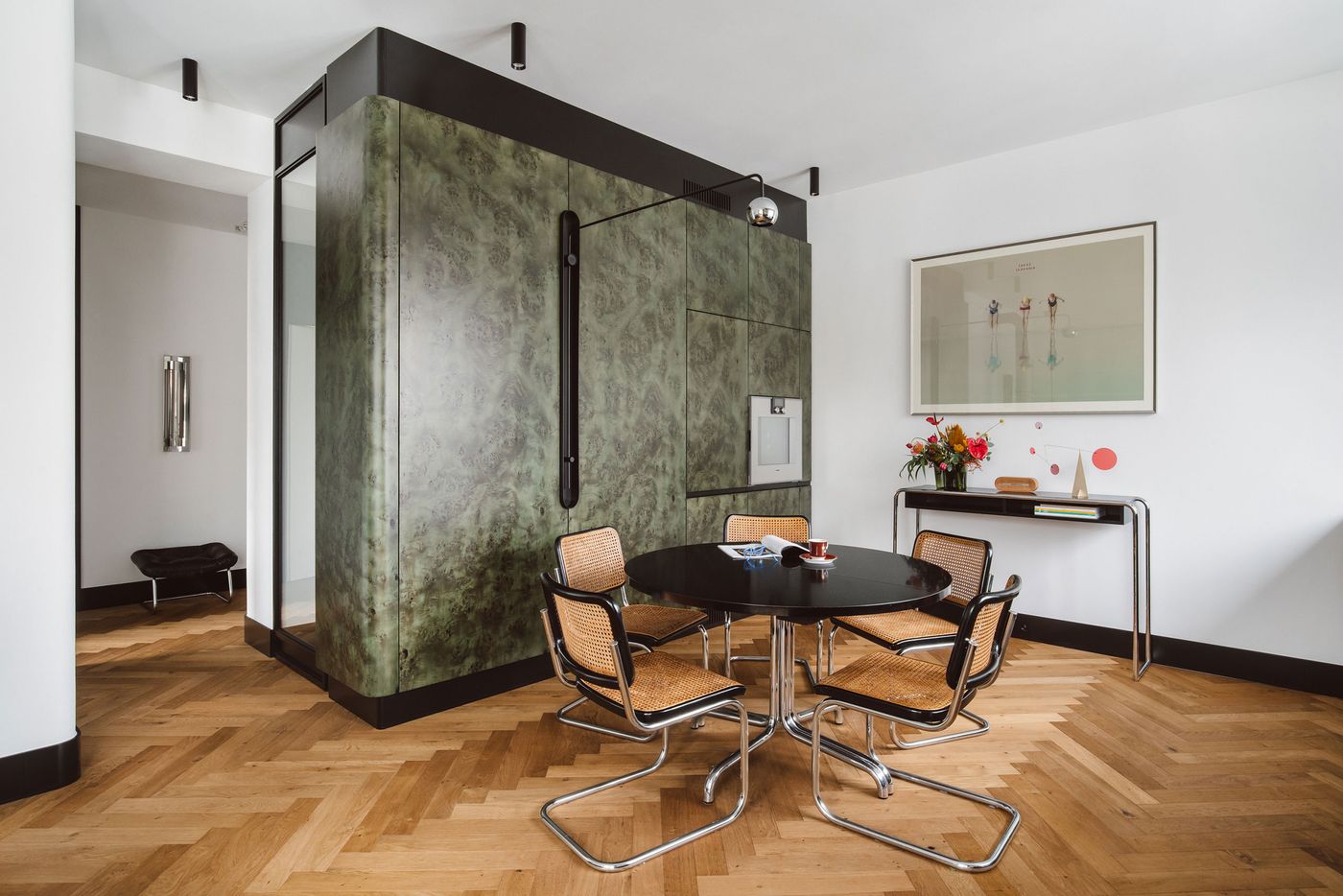
Photography by kroniki studio - Hanna Połczyńska.
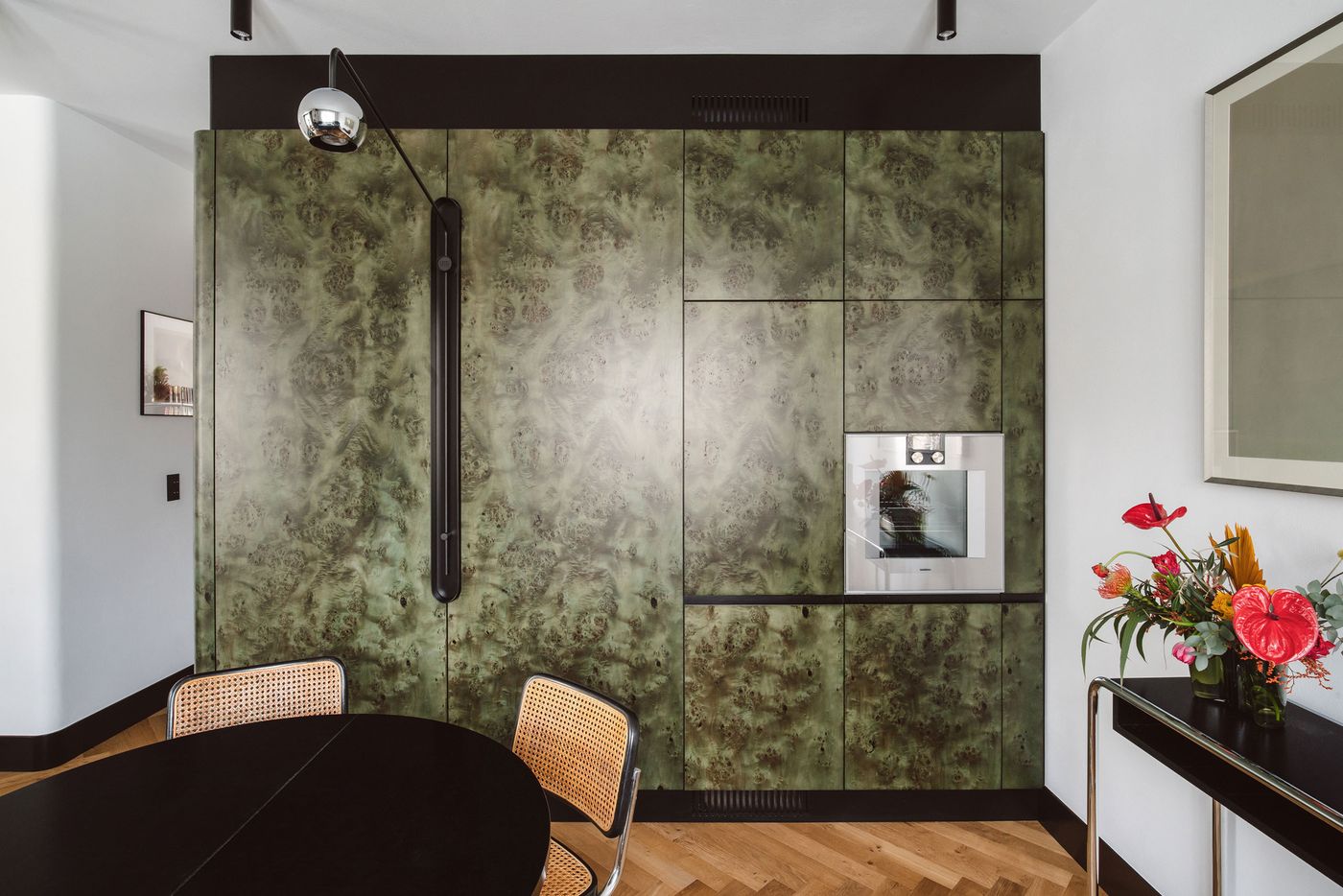
Photography by kroniki studio - Hanna Połczyńska.
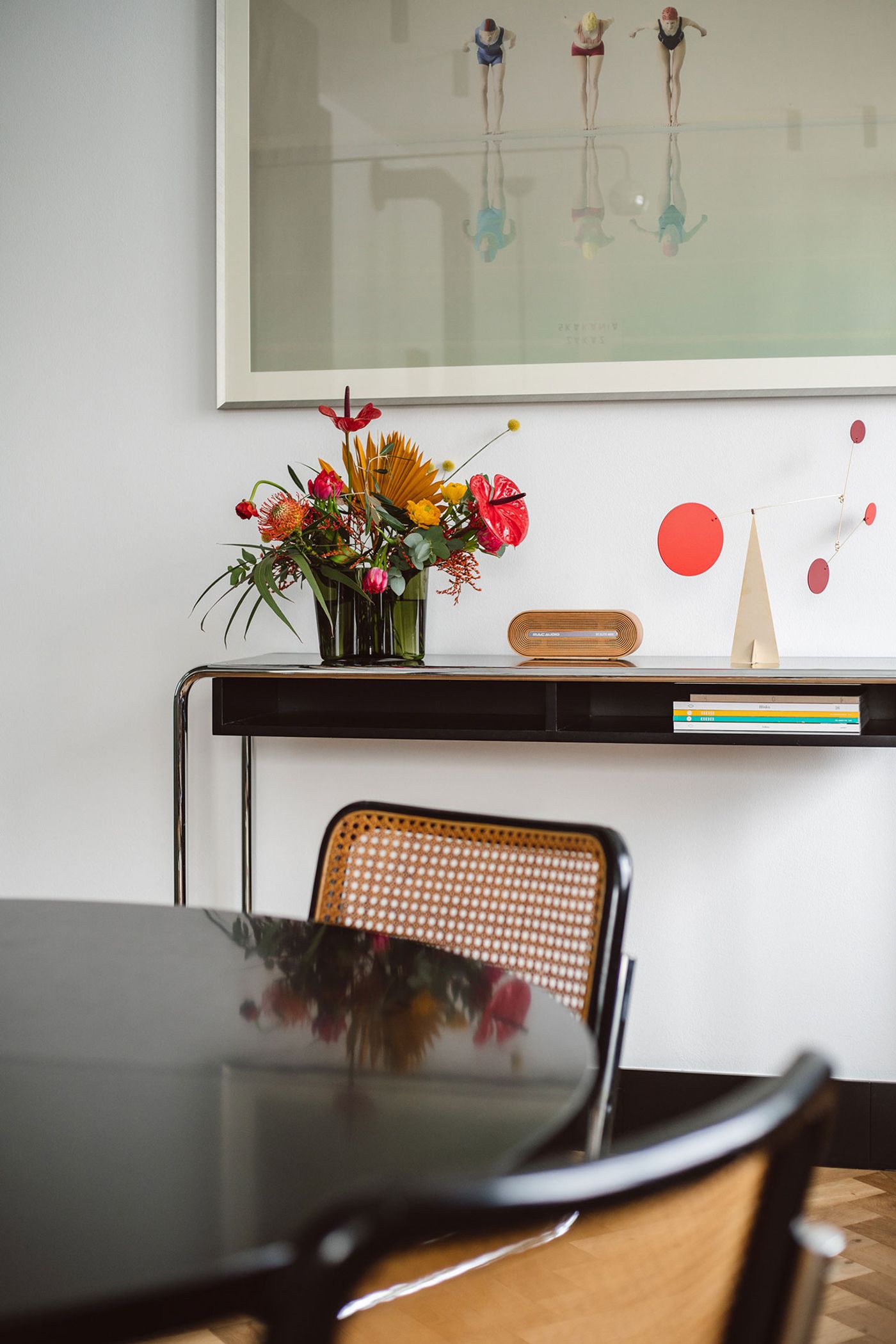
Photography by kroniki studio - Hanna Połczyńska.
As instrumental in the apartment’s understated elegance is a series of black details that tie everything together, quite literally in the case of the black skirting board that delineates every room. From built-in elements like the arched niche in the entrance vestibule, to door frames and cabinetry, to furnishings including iconic Modernist pieces like Marcel Breuer’s Wassily Armchairs and Cesca Chairs (the former in black leather, the latter with black-painted wood frames), the black-coloured elements subtly accentuate the muted backdrop of white-painted walls and herringbone parquet flooring. The same applies to a series of dark green elements which also add touches of rich texture and patterns like the aforementioned veneer-clad voluptuous storage unit, the marble kitchen counter and the bathroom’s perforated metal ceiling. Pared down in terms of décor, it’s details like these that make the apartment a paradigm of stylistic uniqueness.
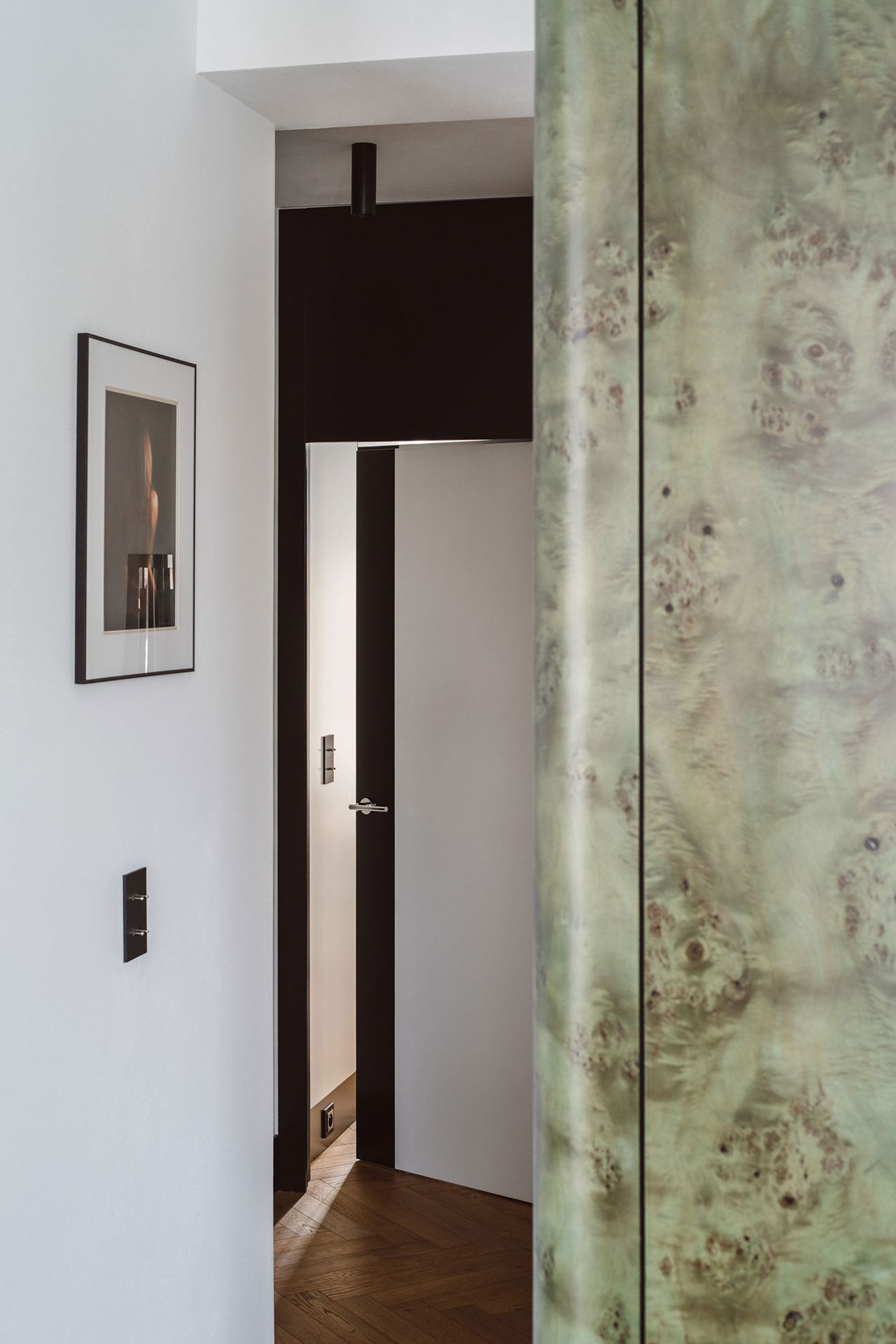
Photography by kroniki studio - Hanna Połczyńska.
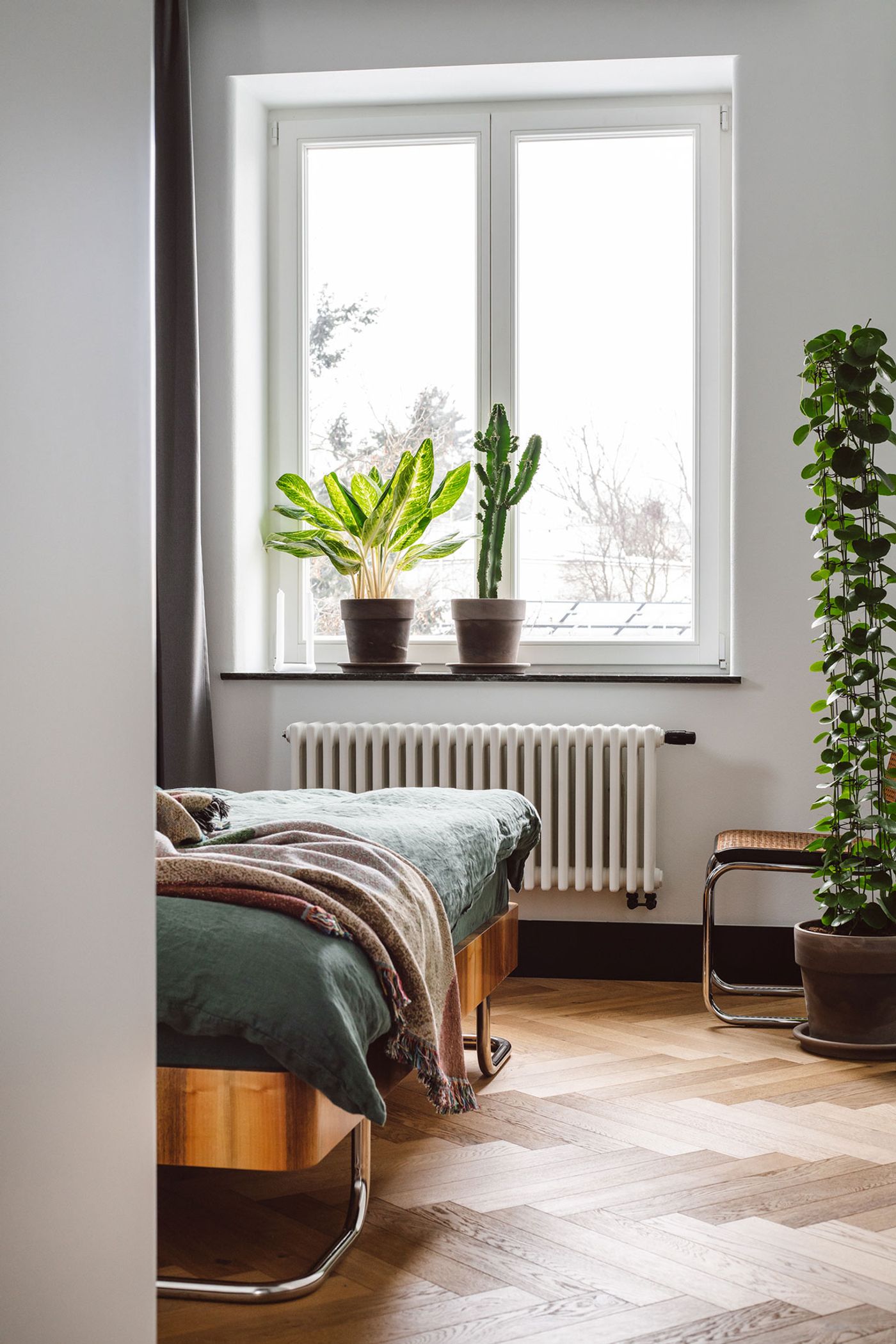
Photography by kroniki studio - Hanna Połczyńska.
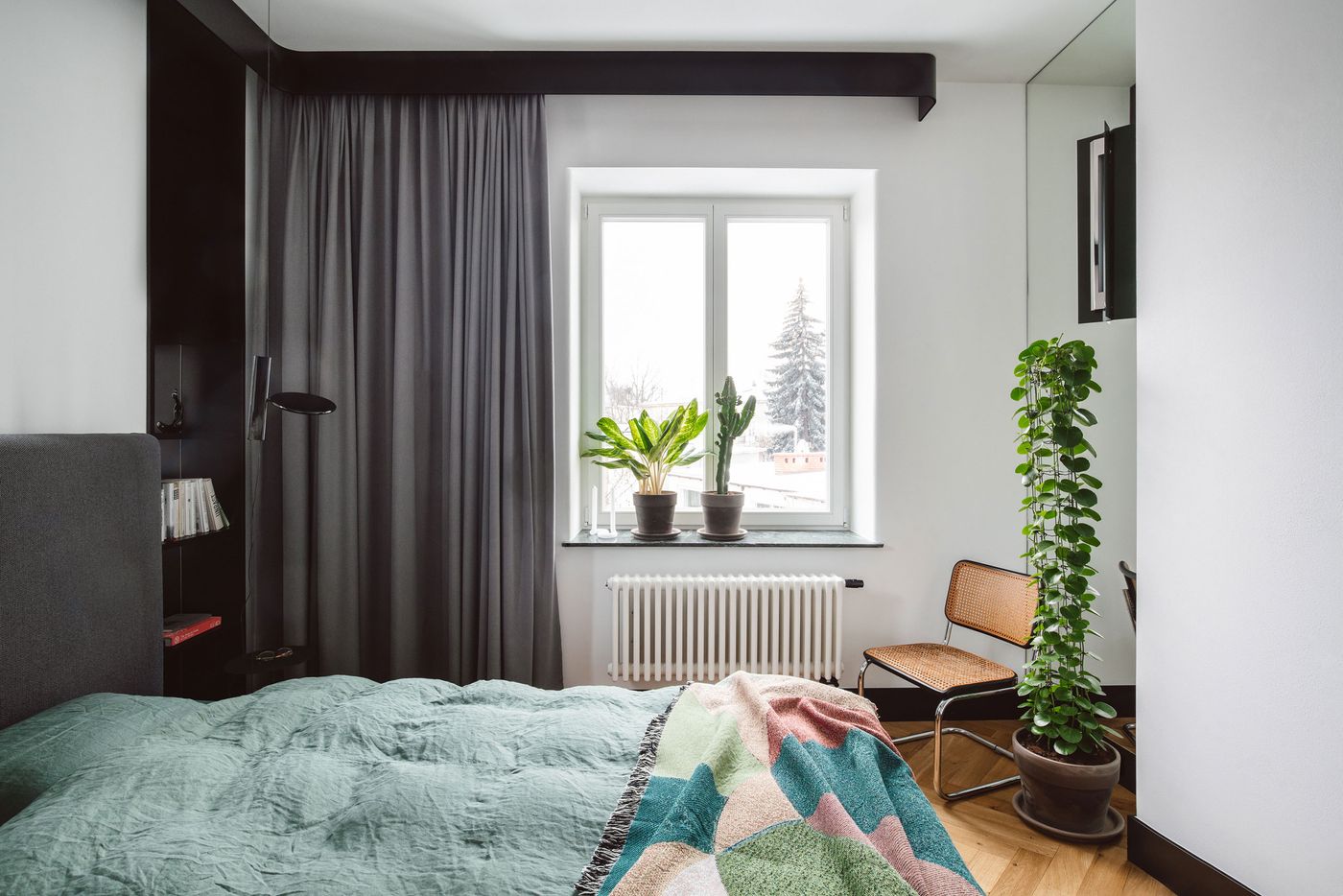
Photography by kroniki studio - Hanna Połczyńska.
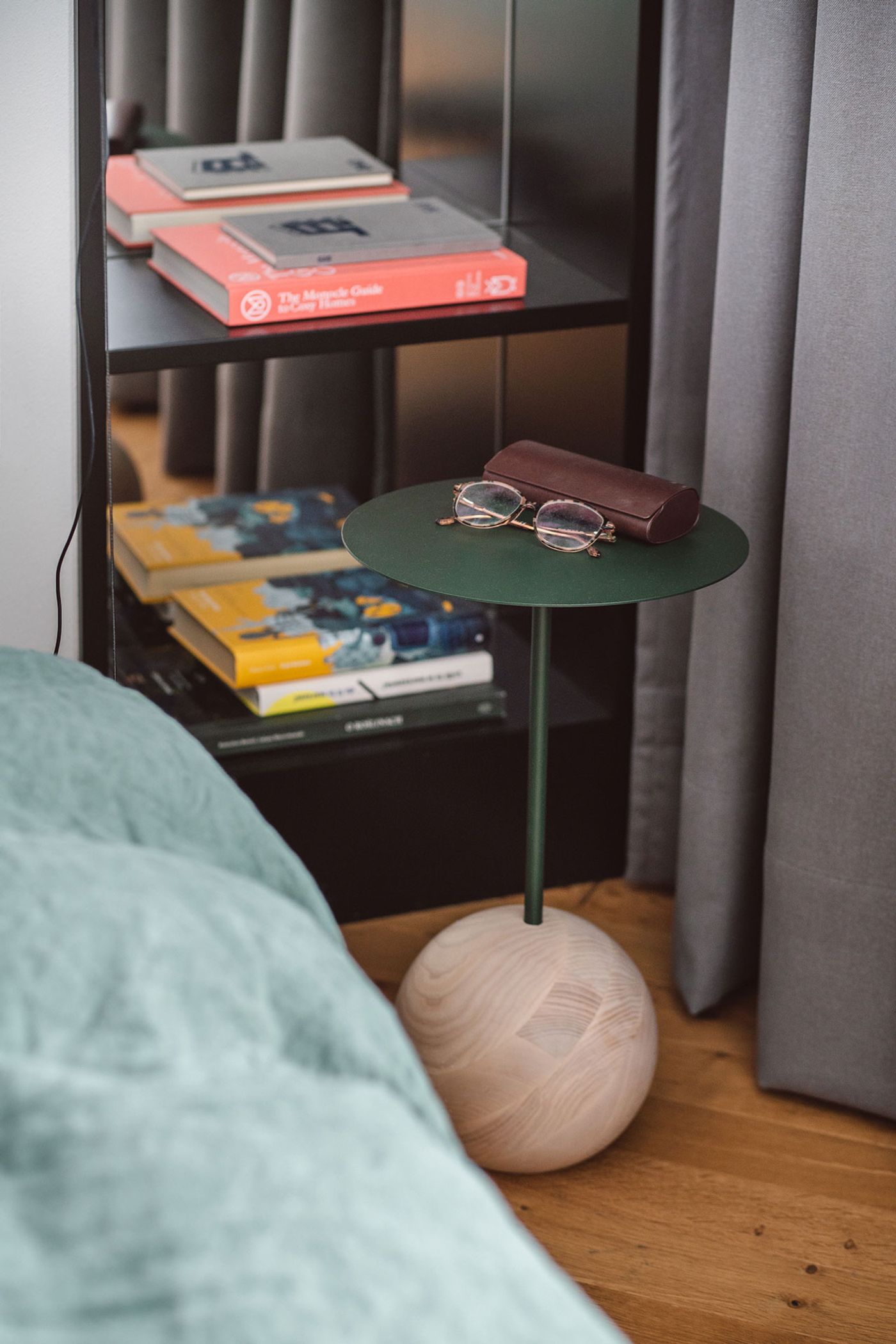
Photography by kroniki studio - Hanna Połczyńska.

Photography by kroniki studio - Hanna Połczyńska.
